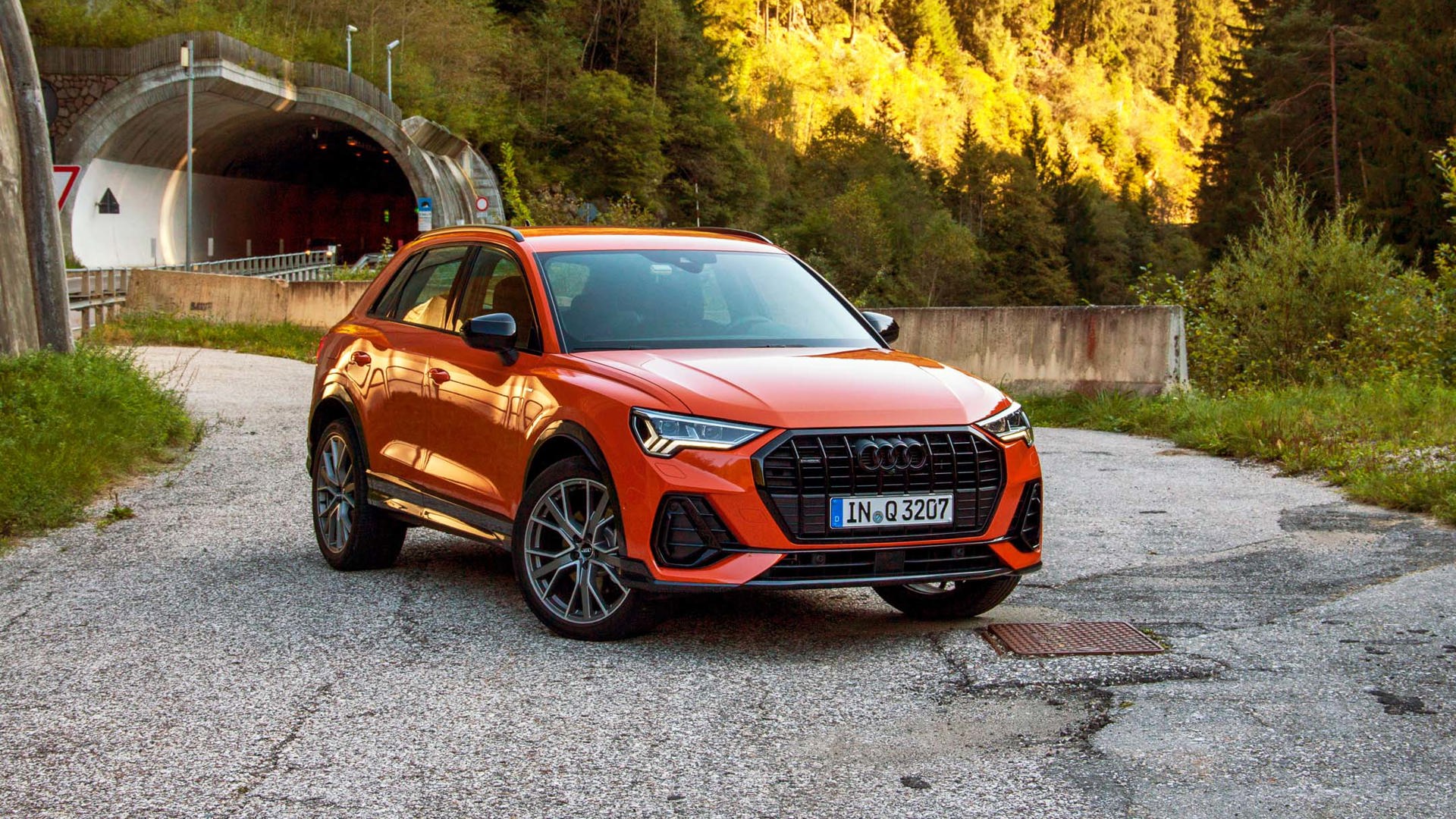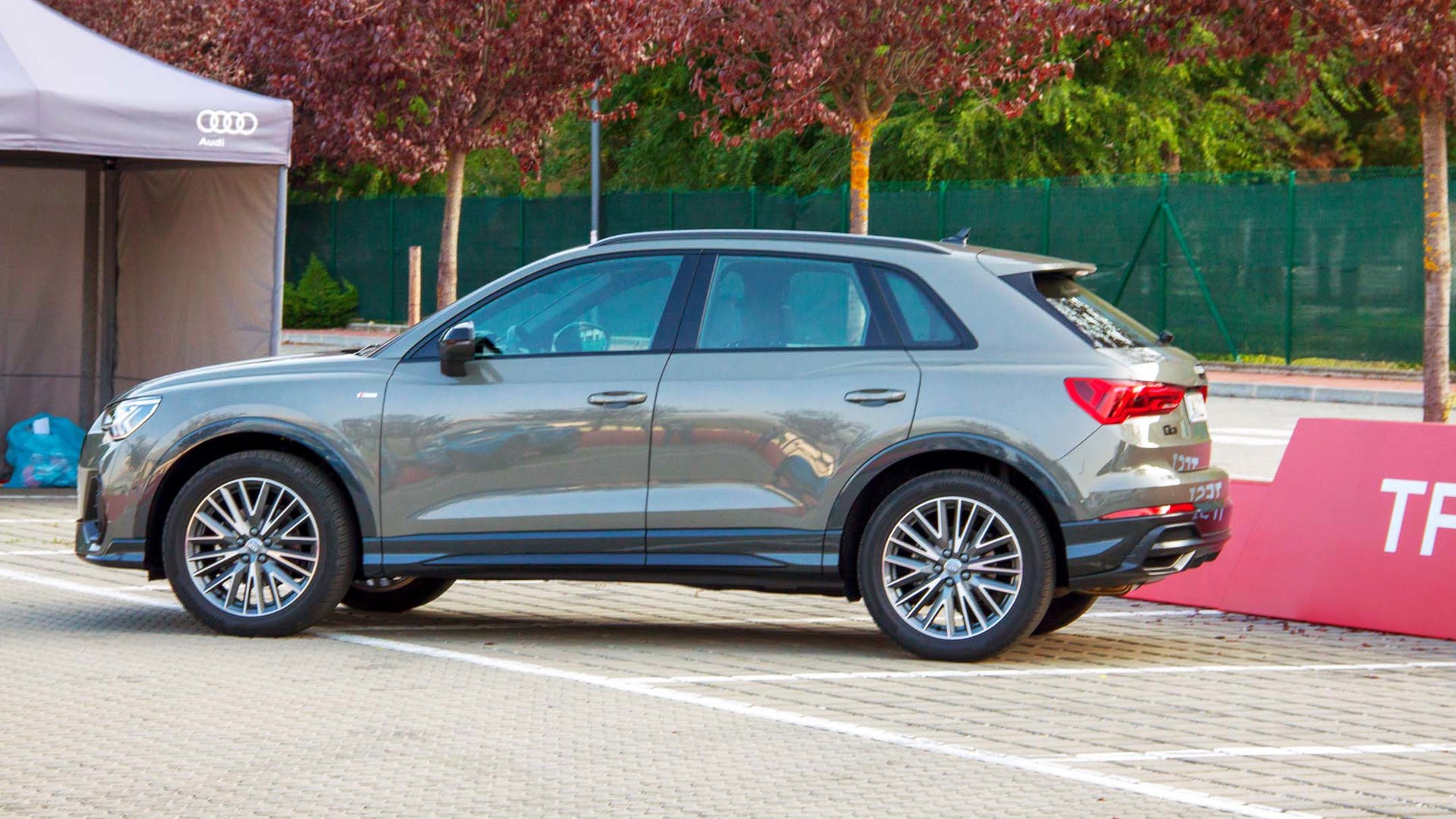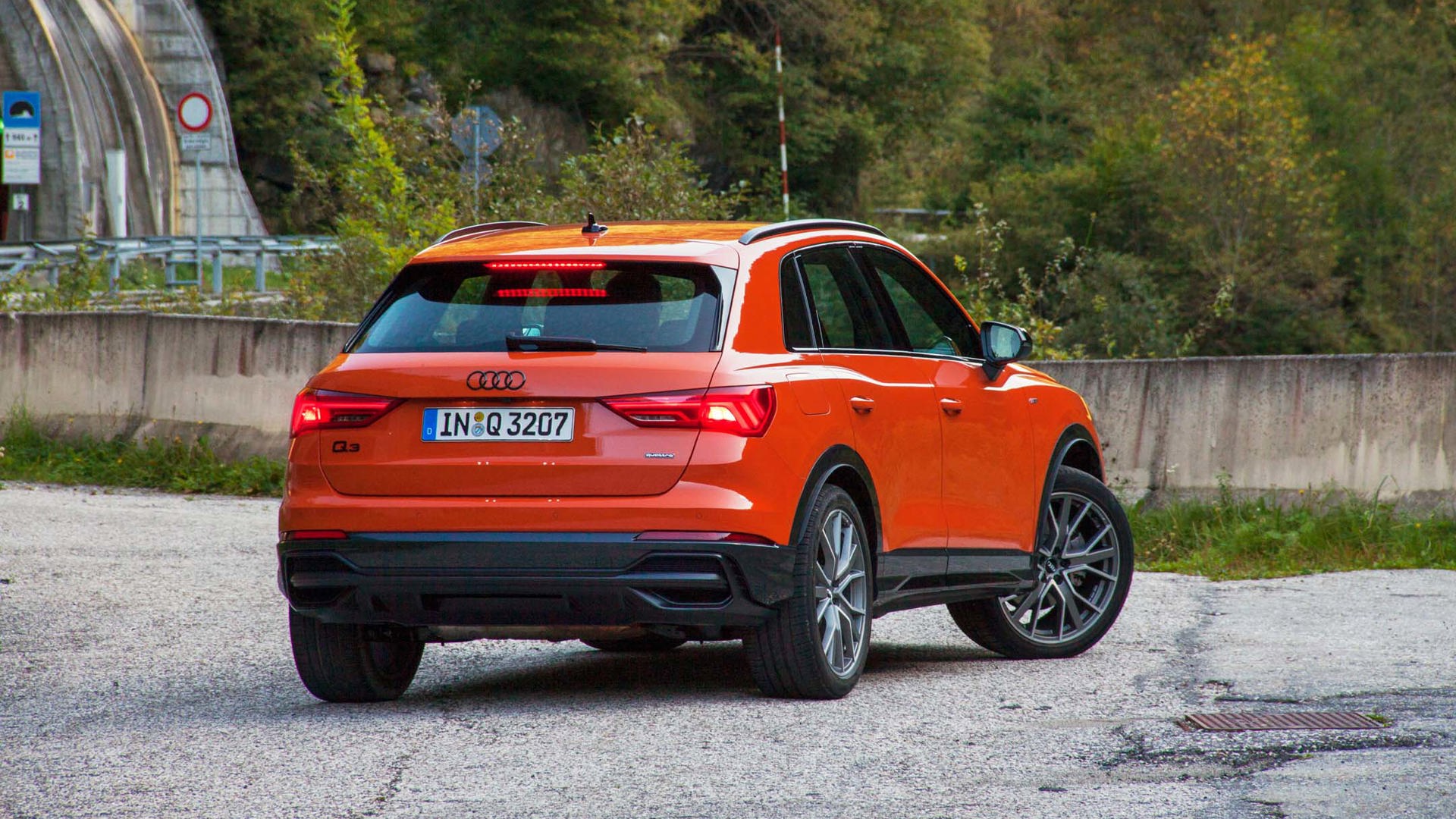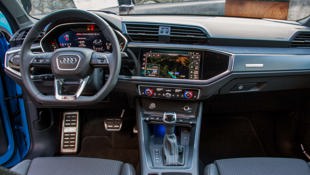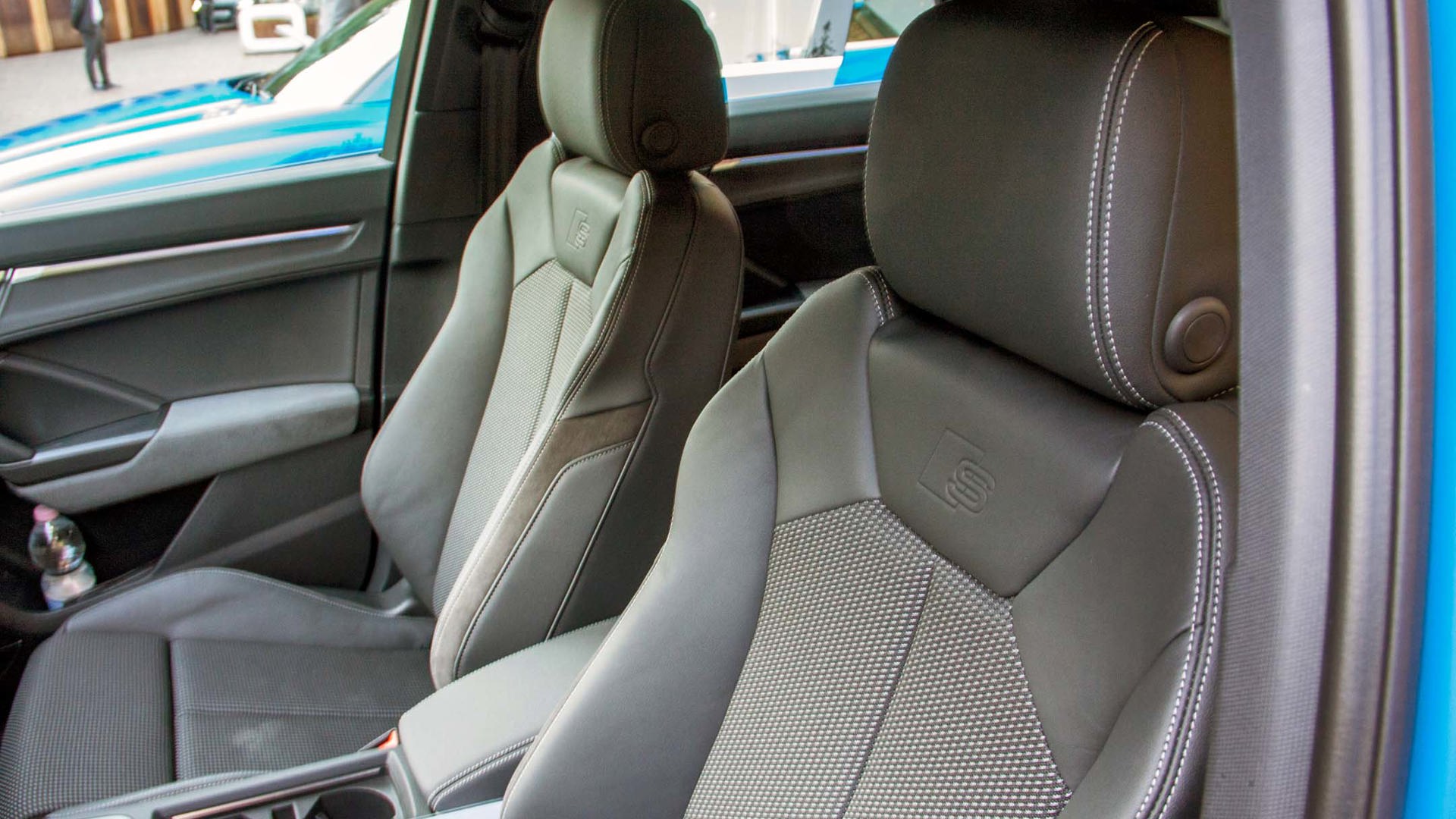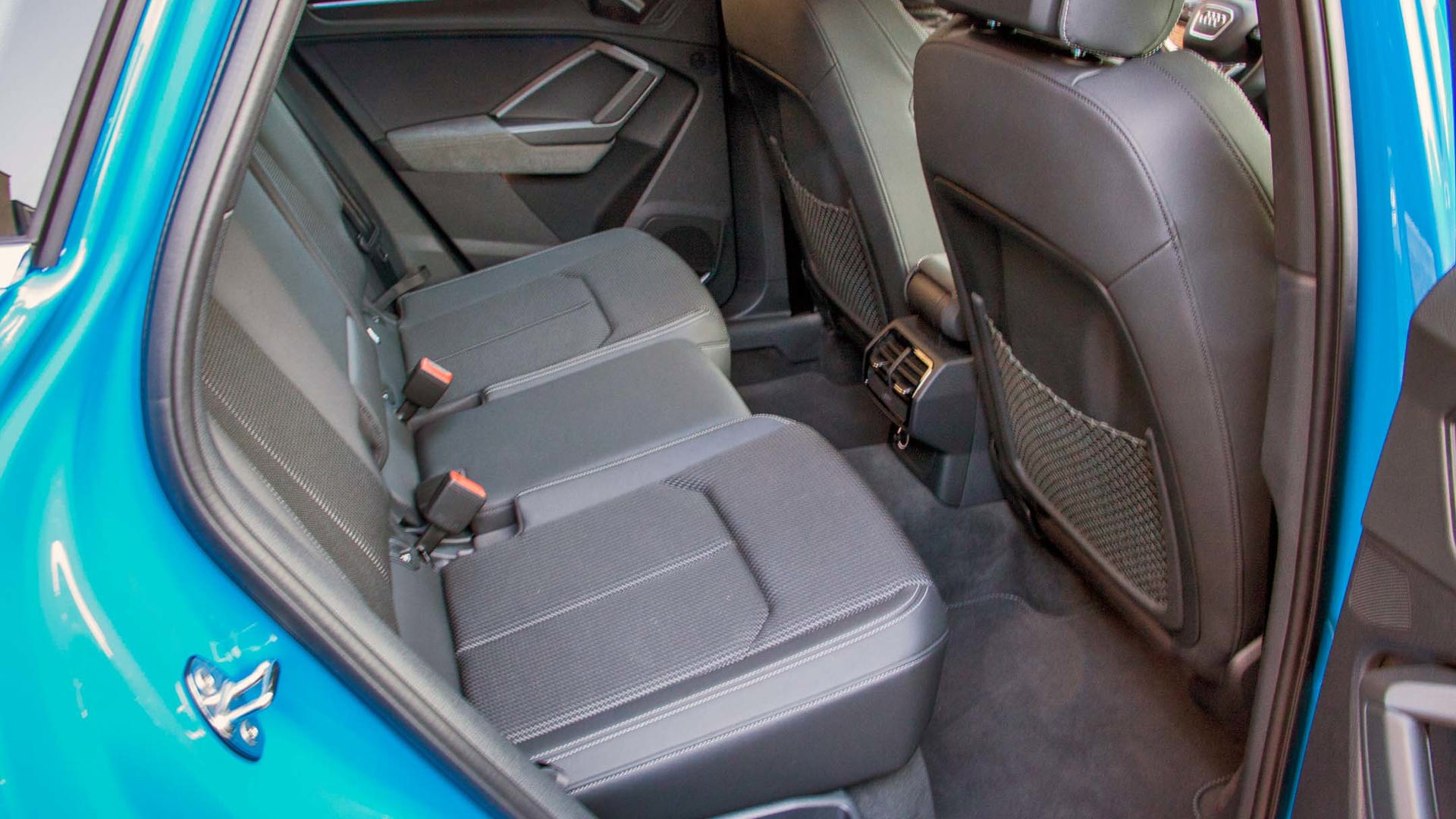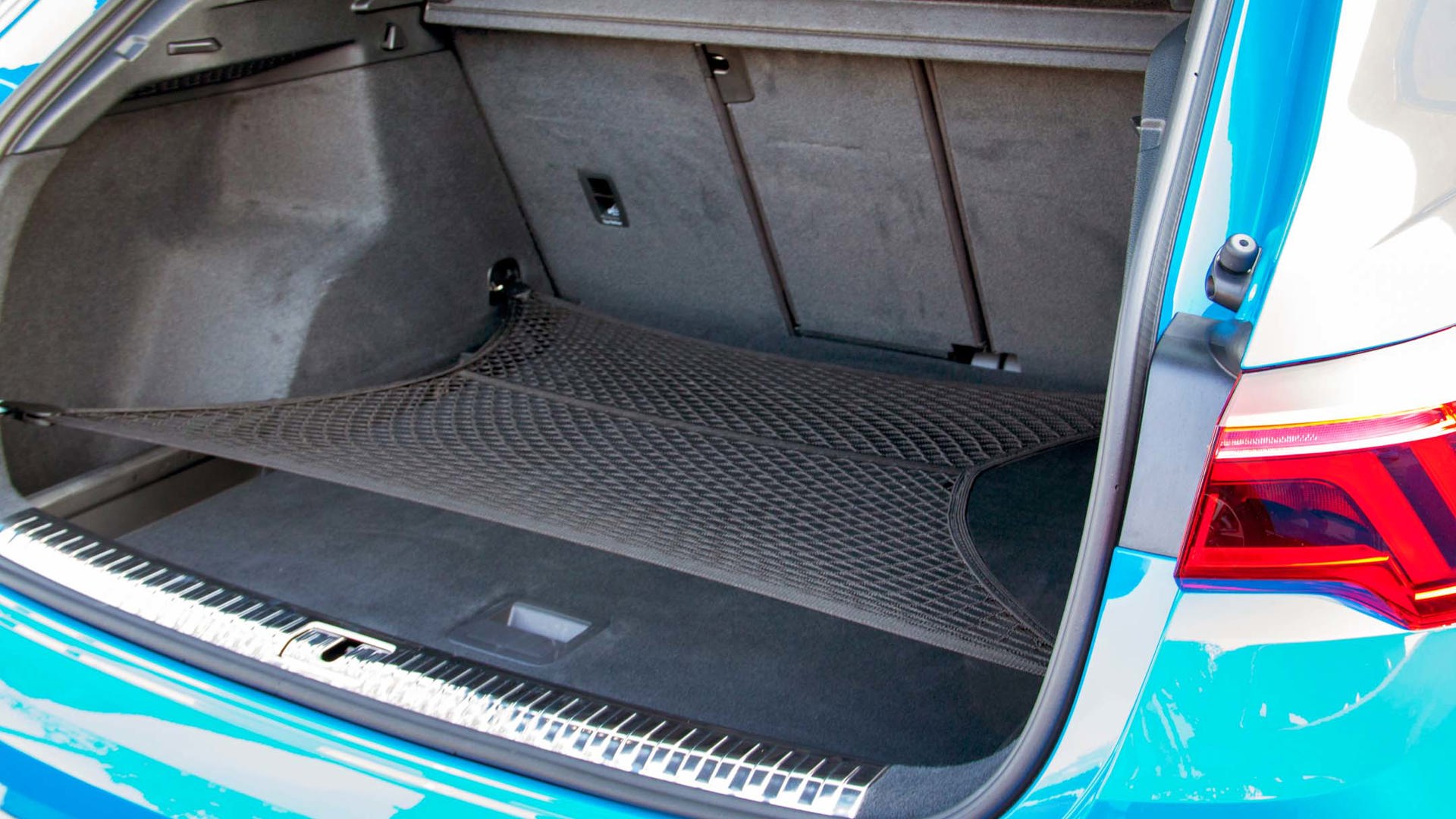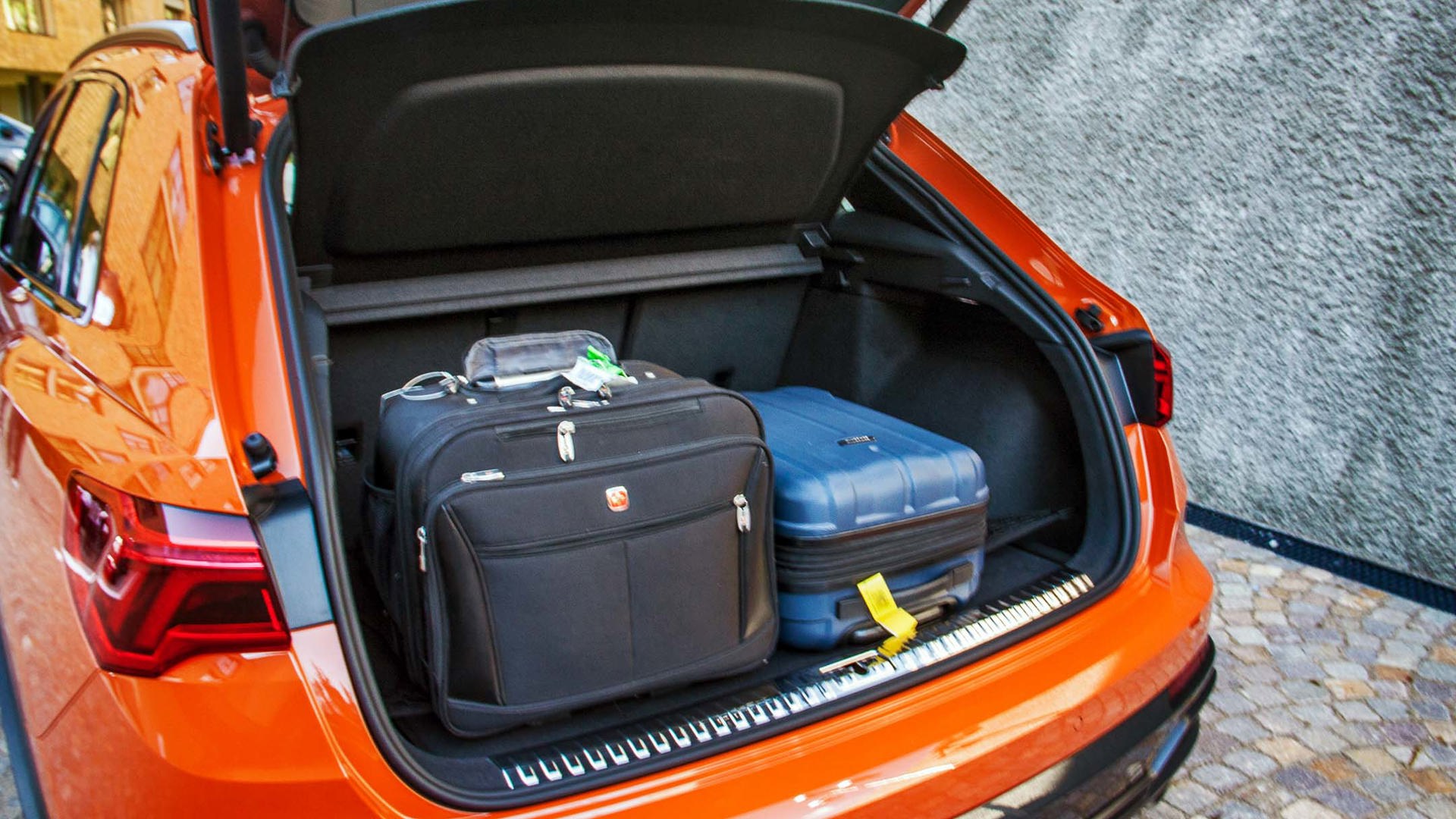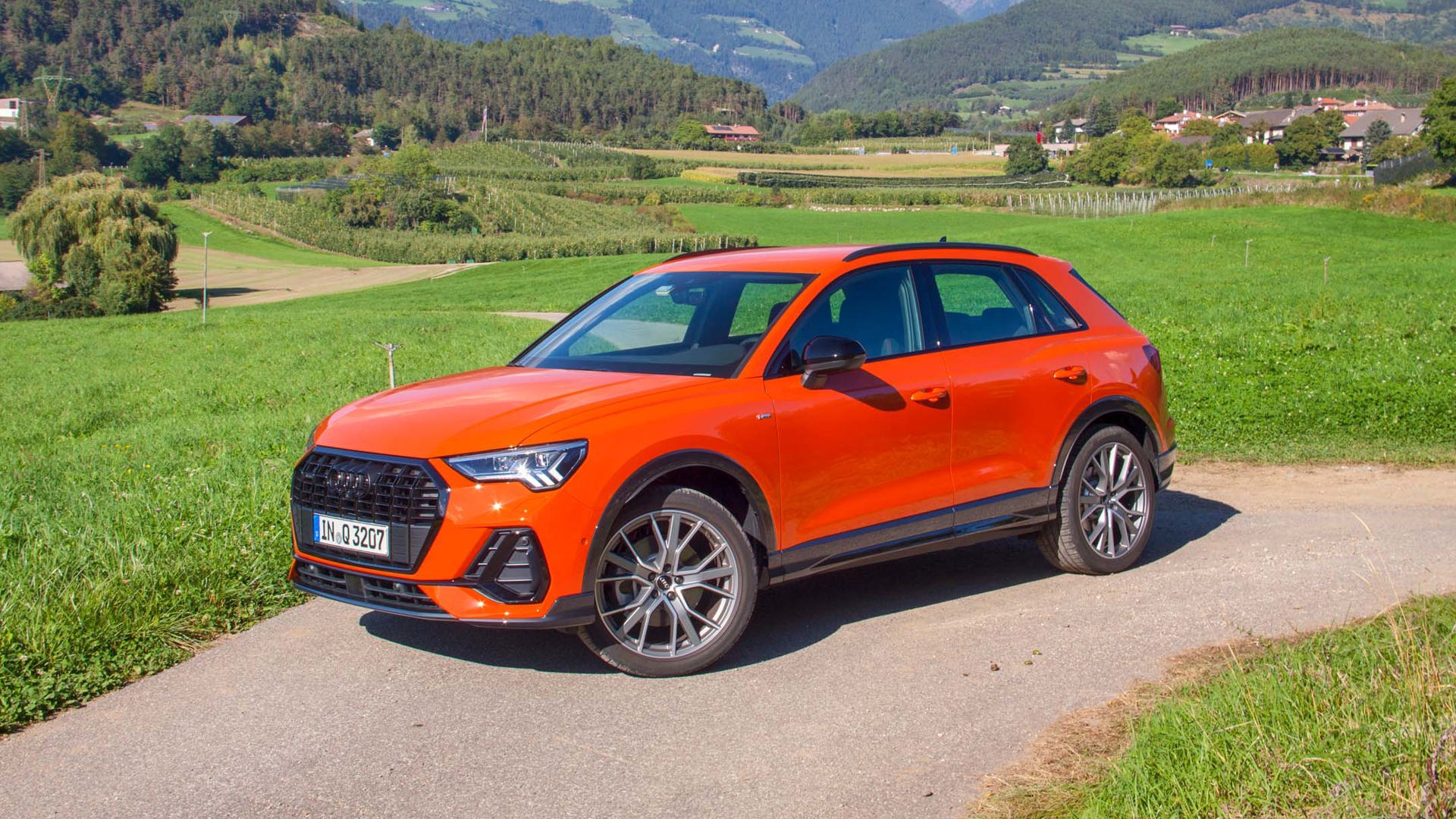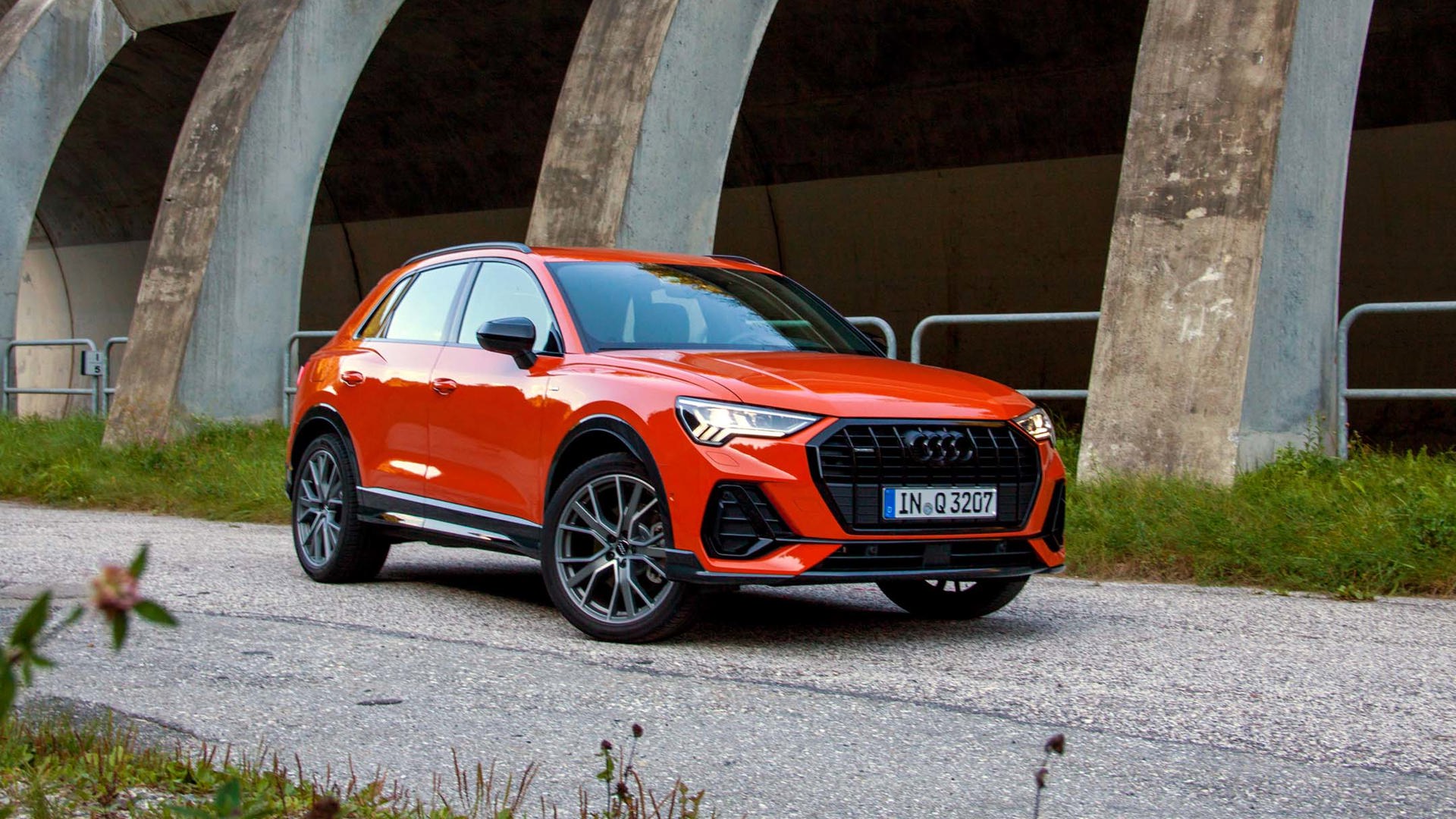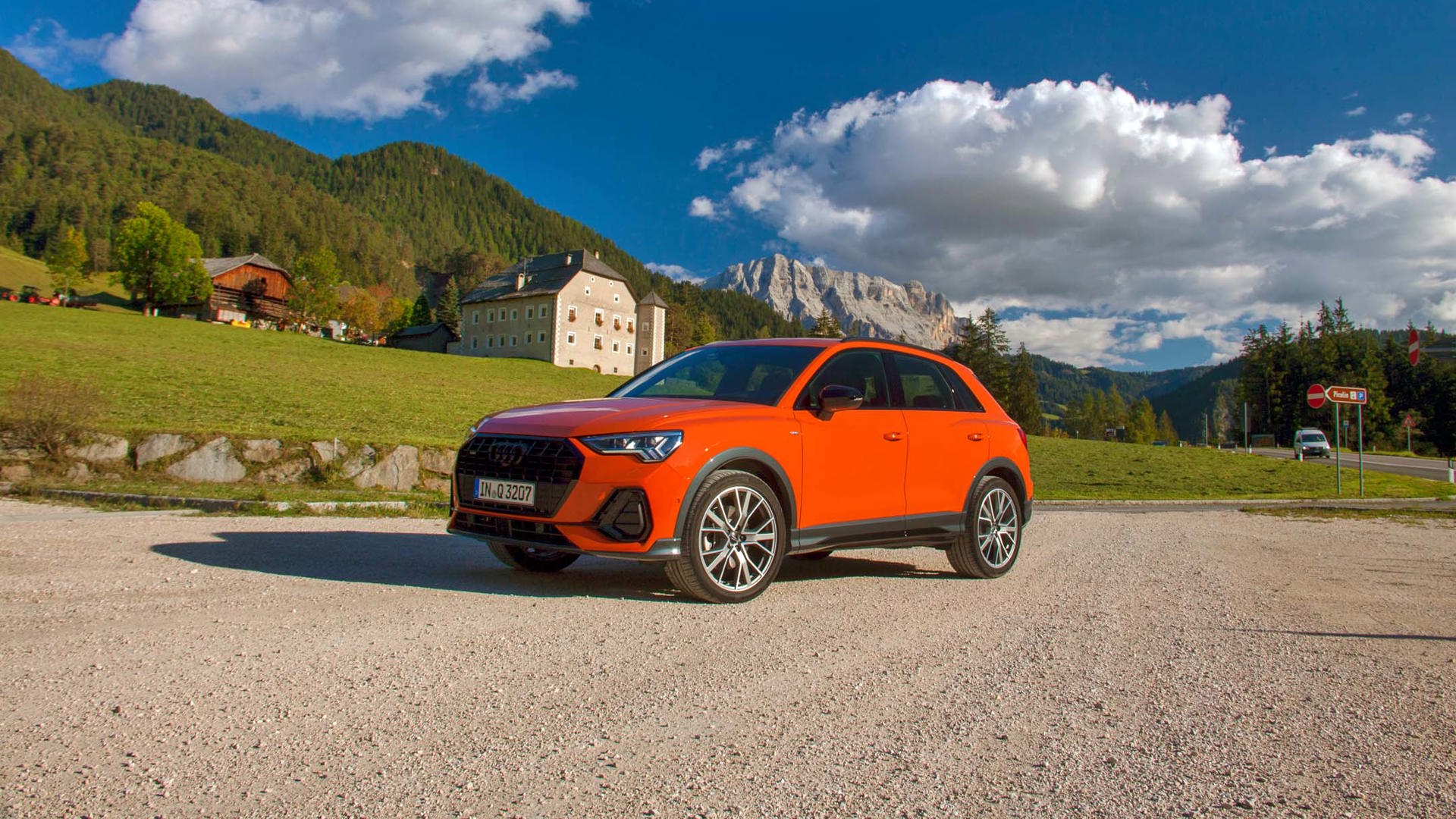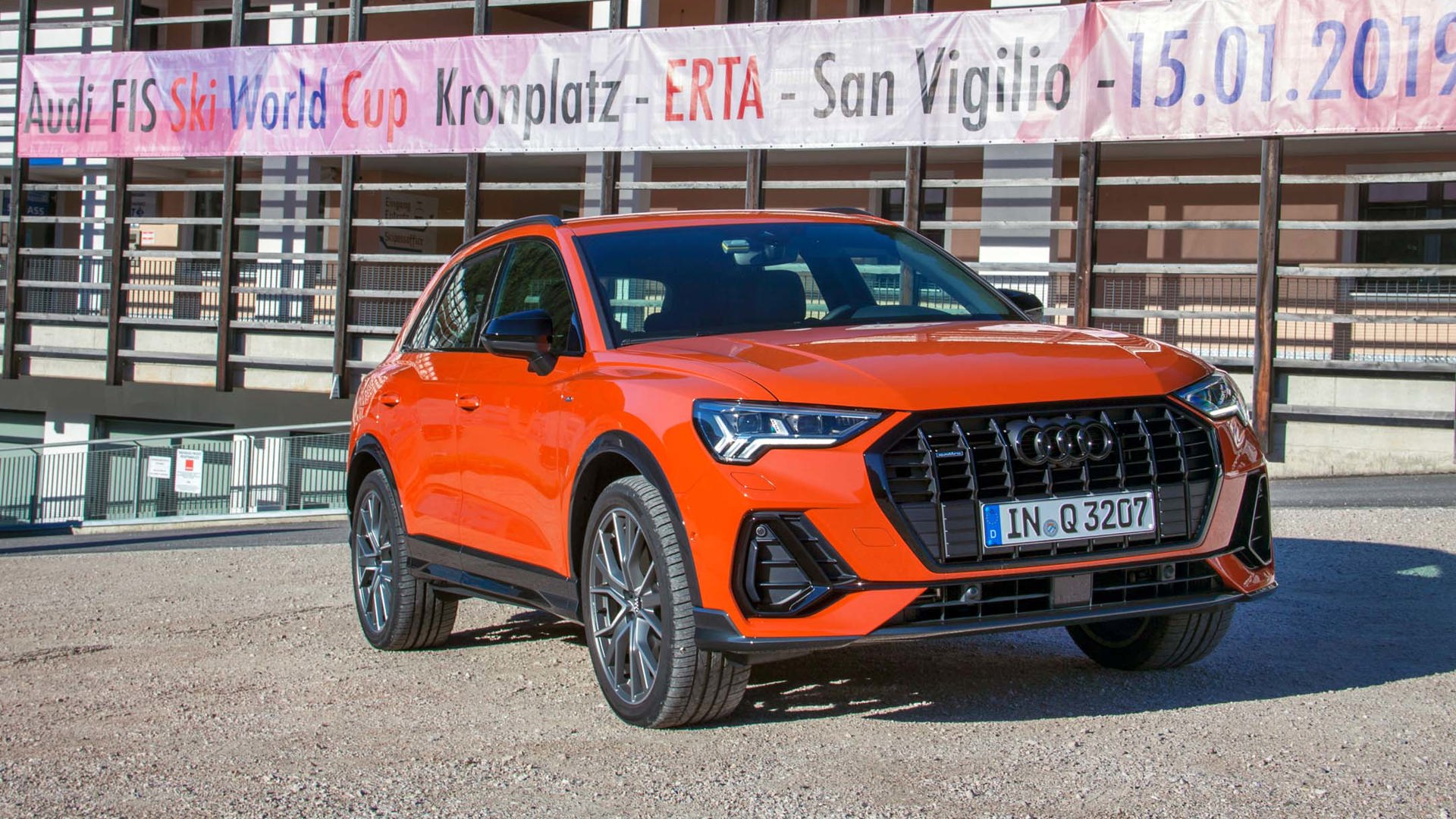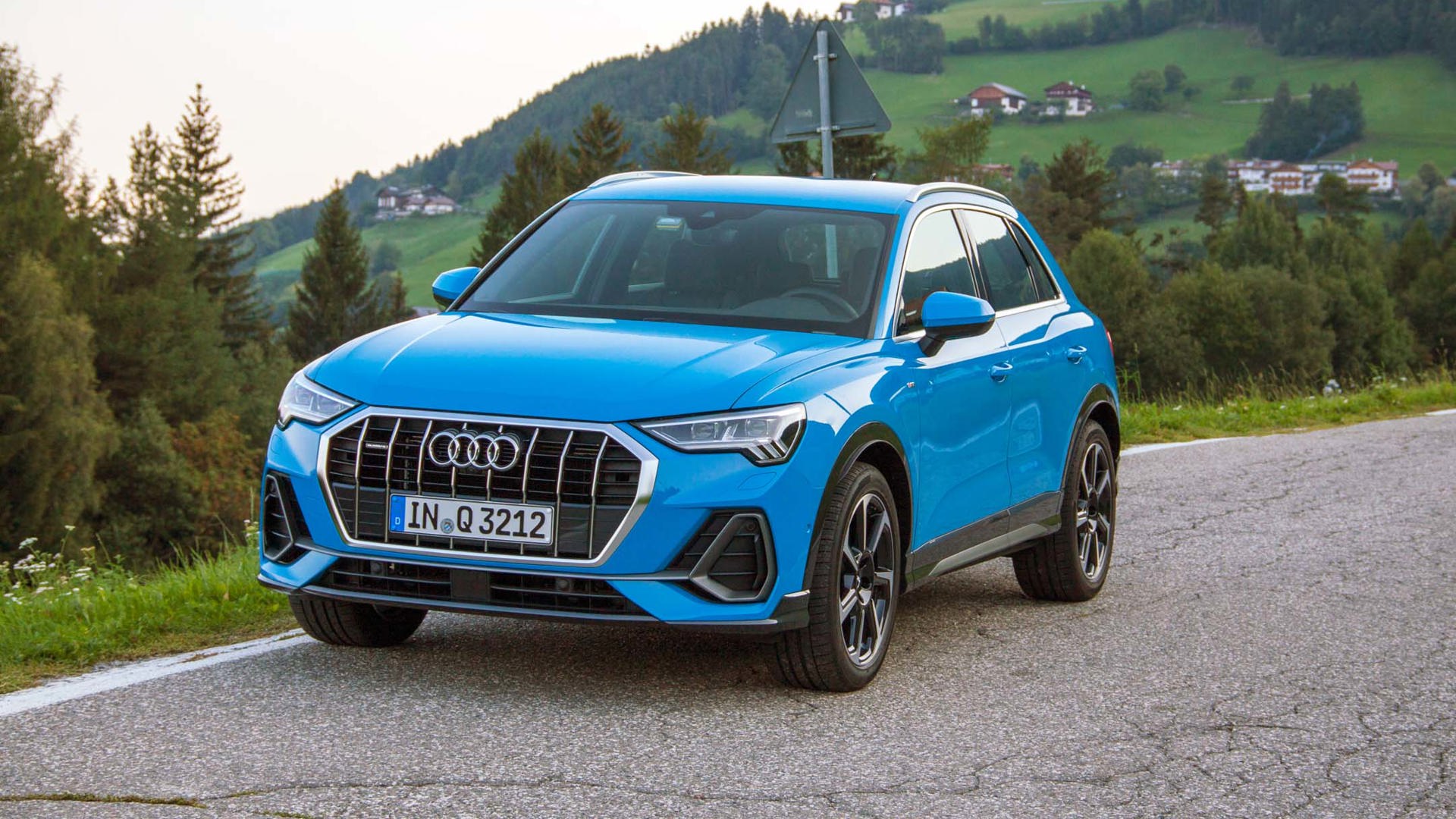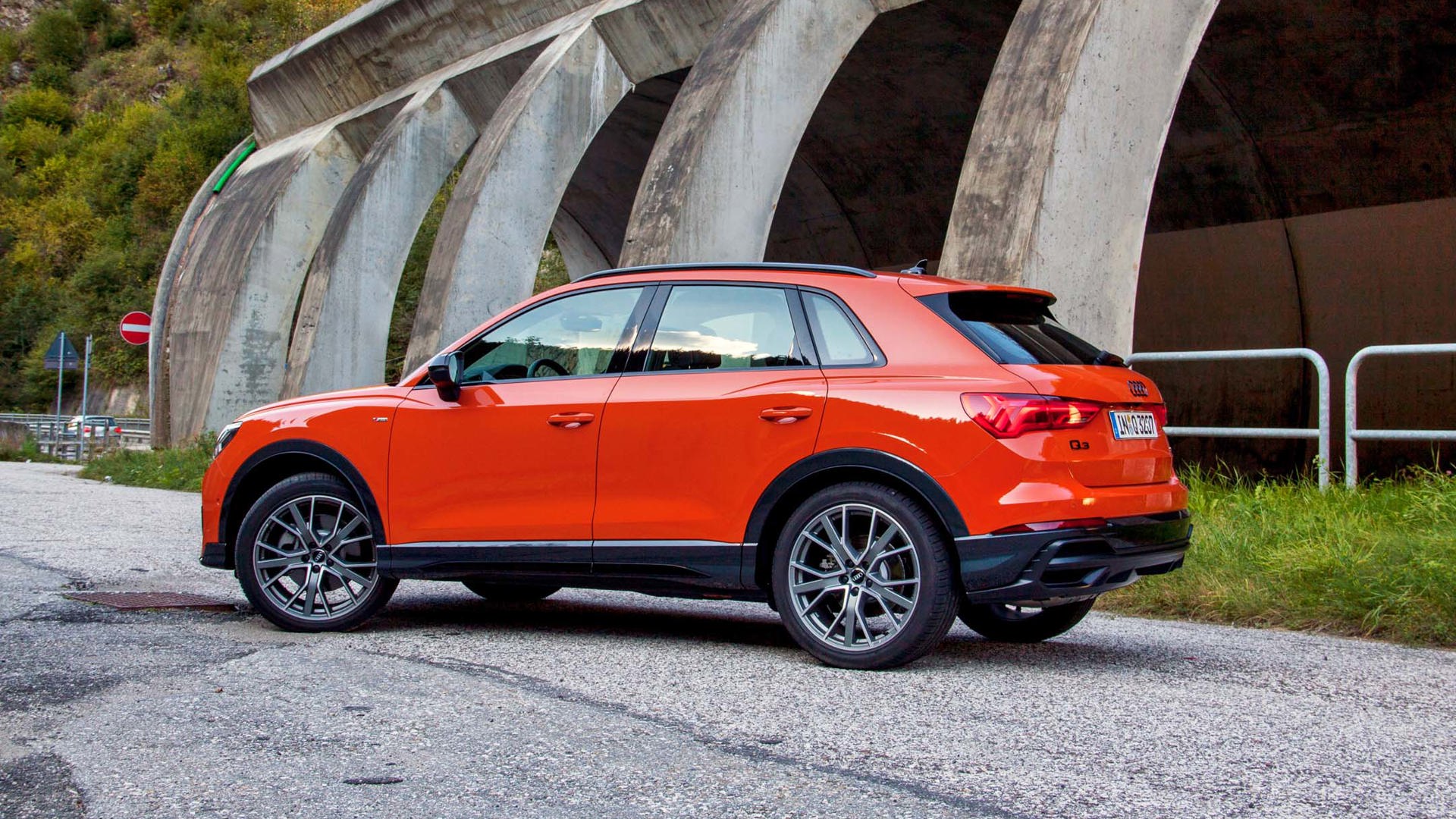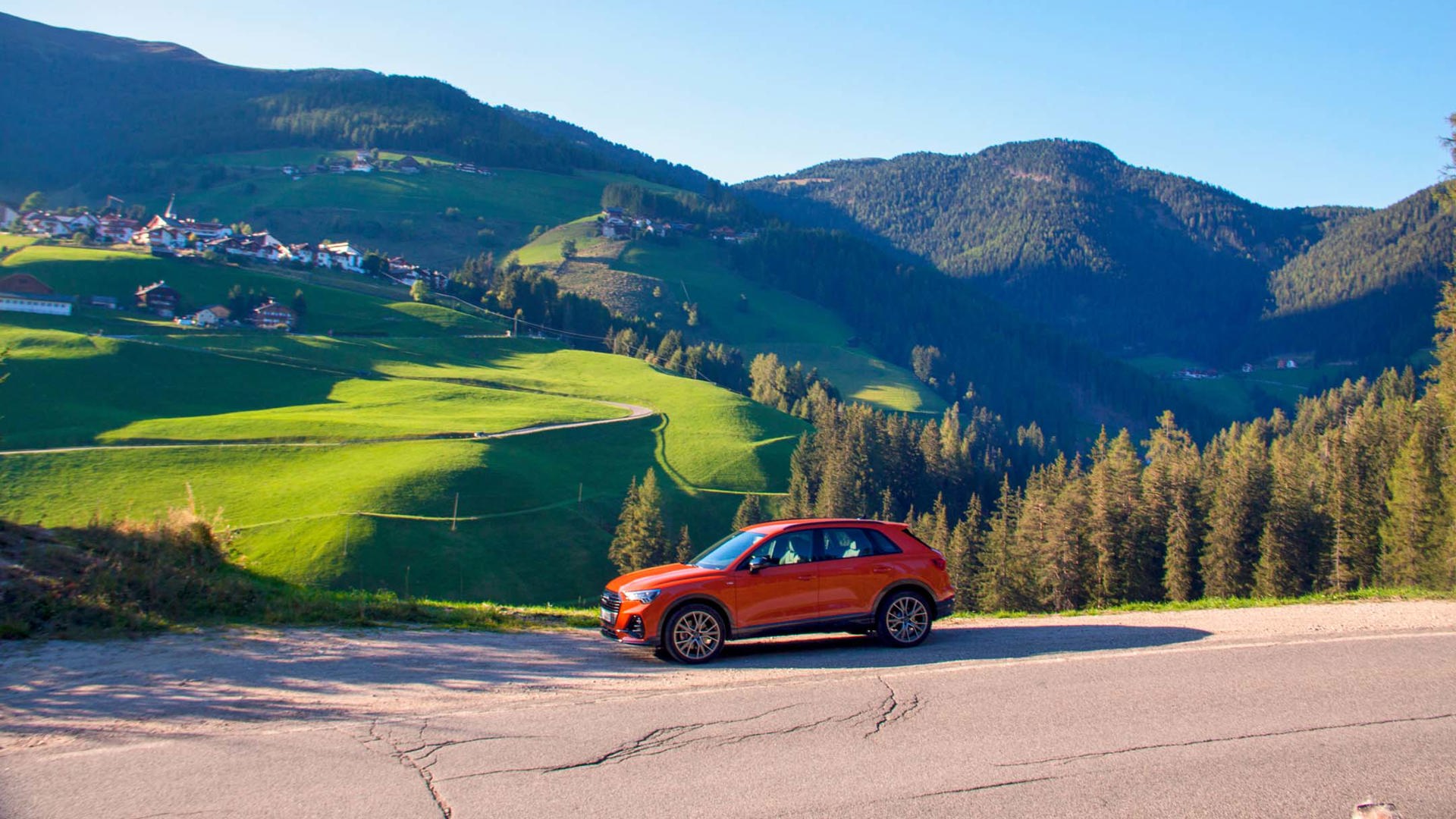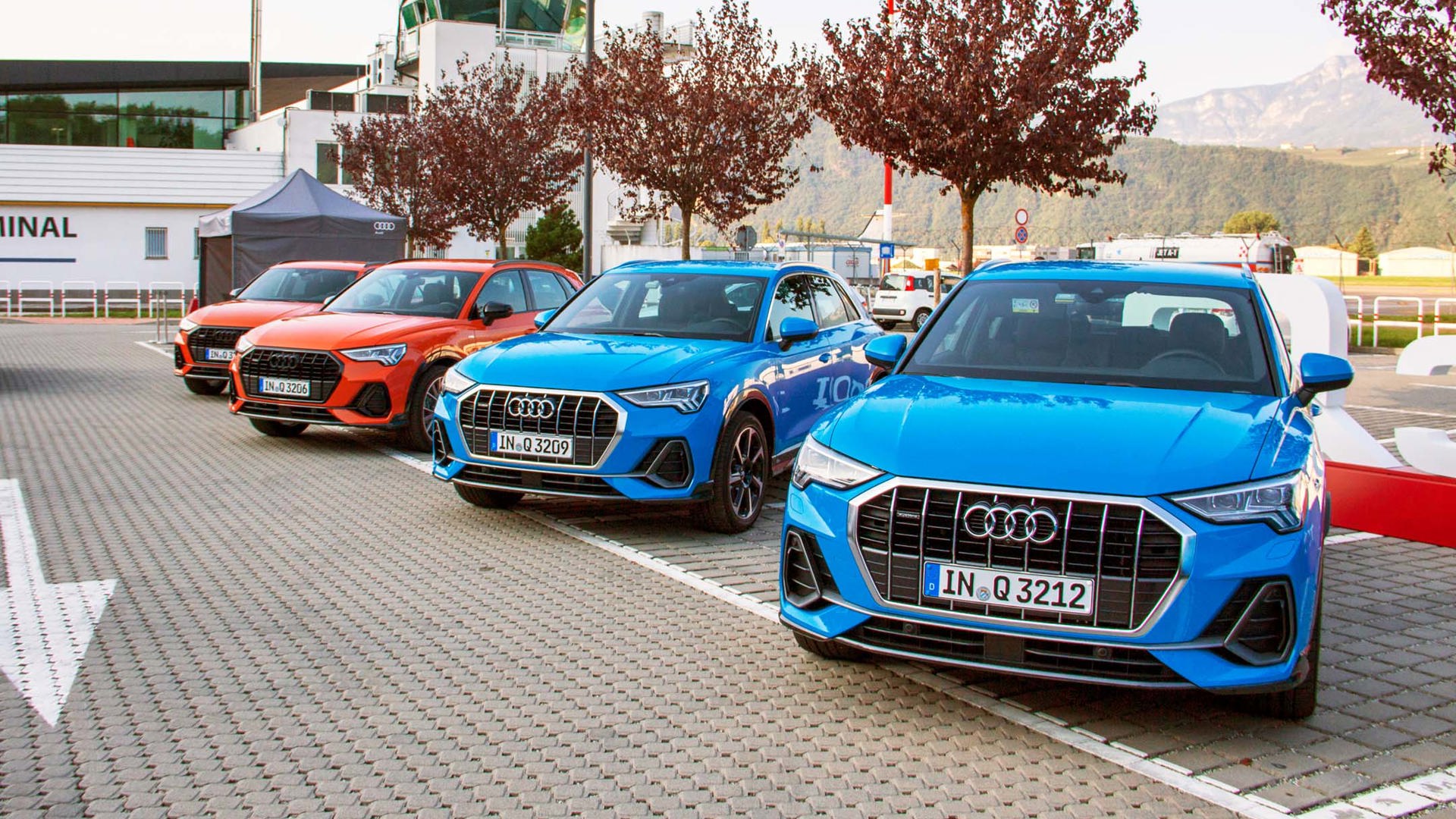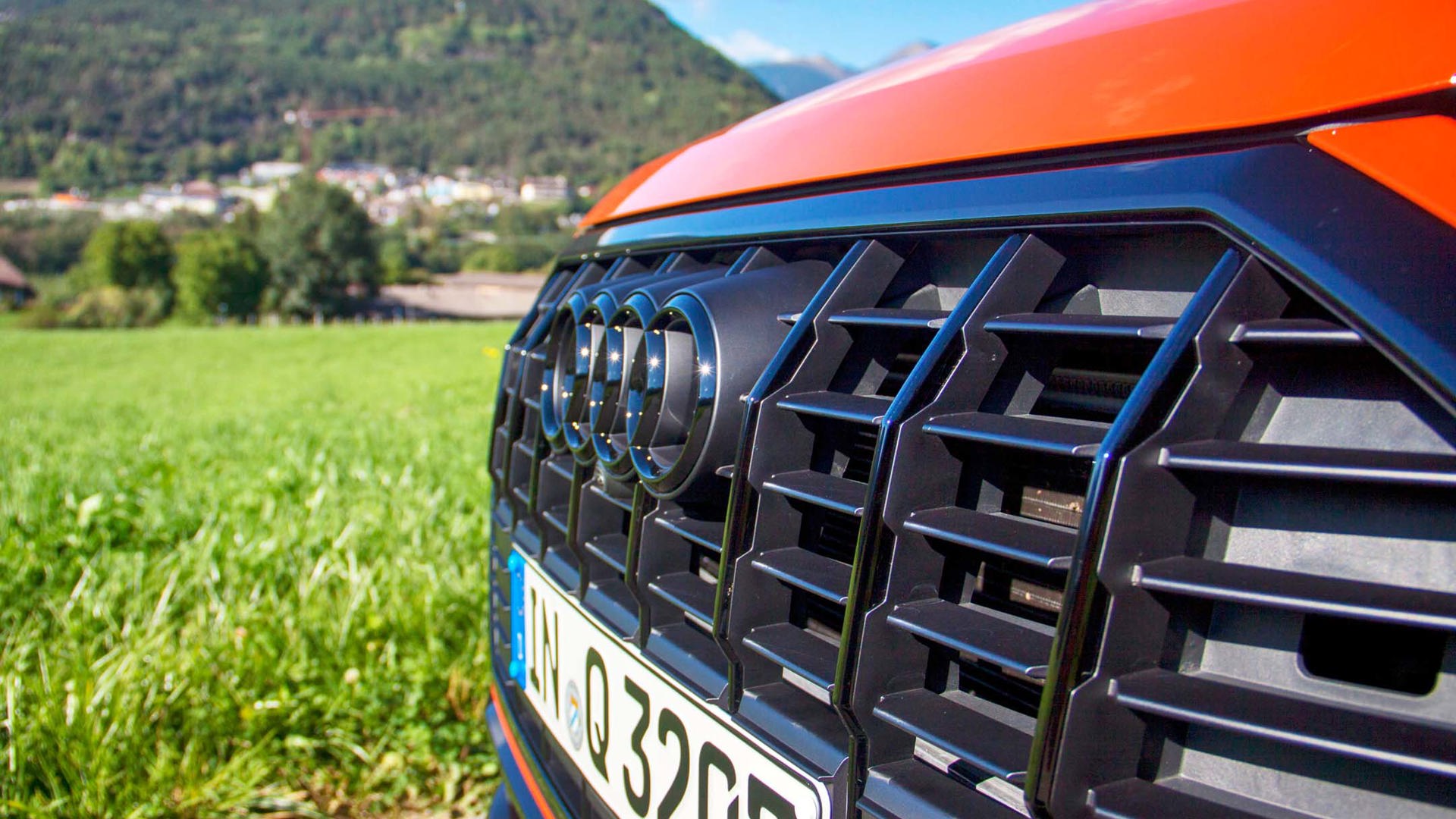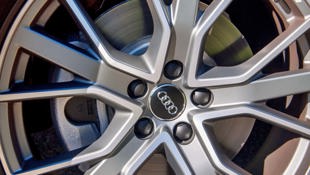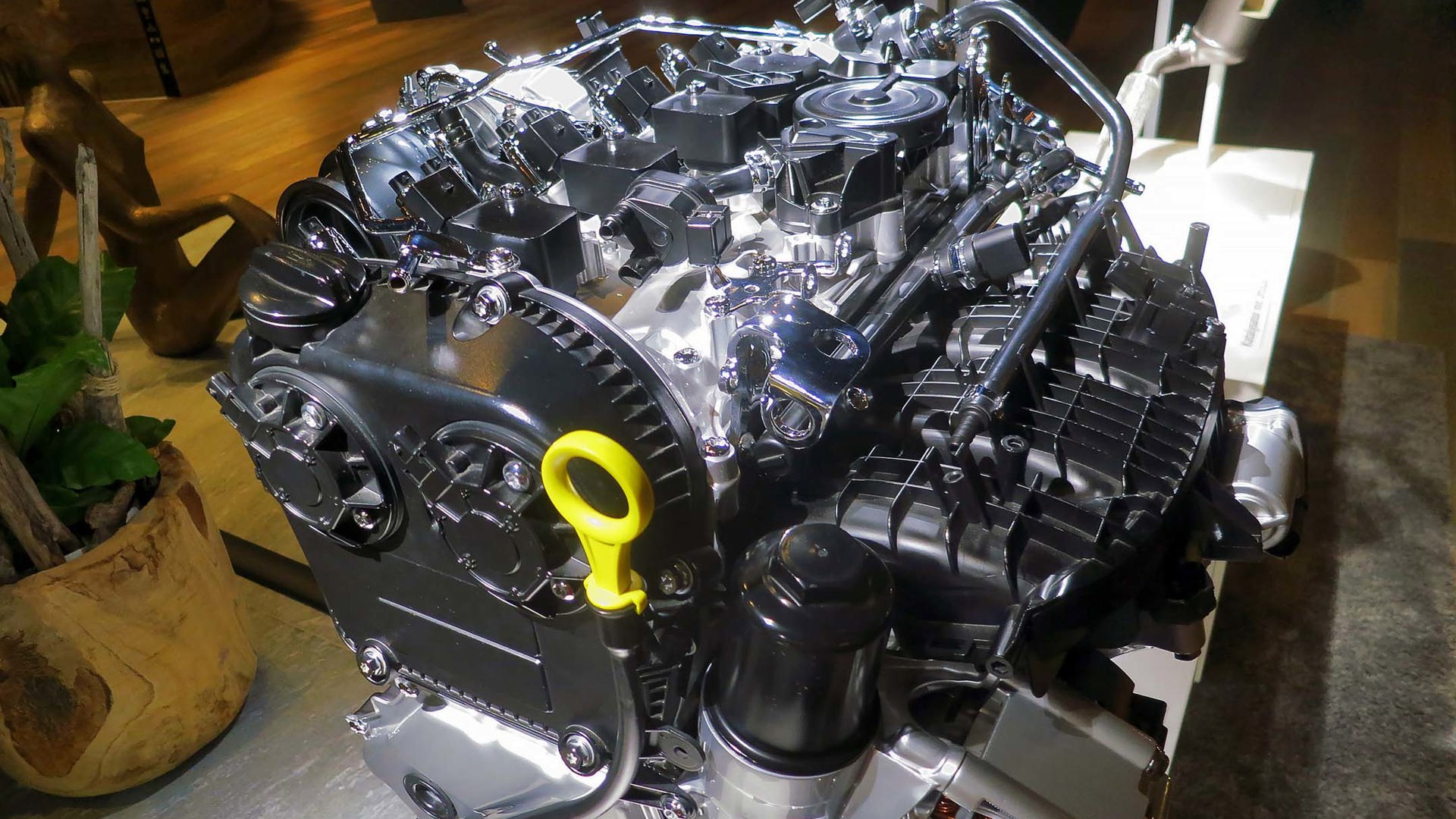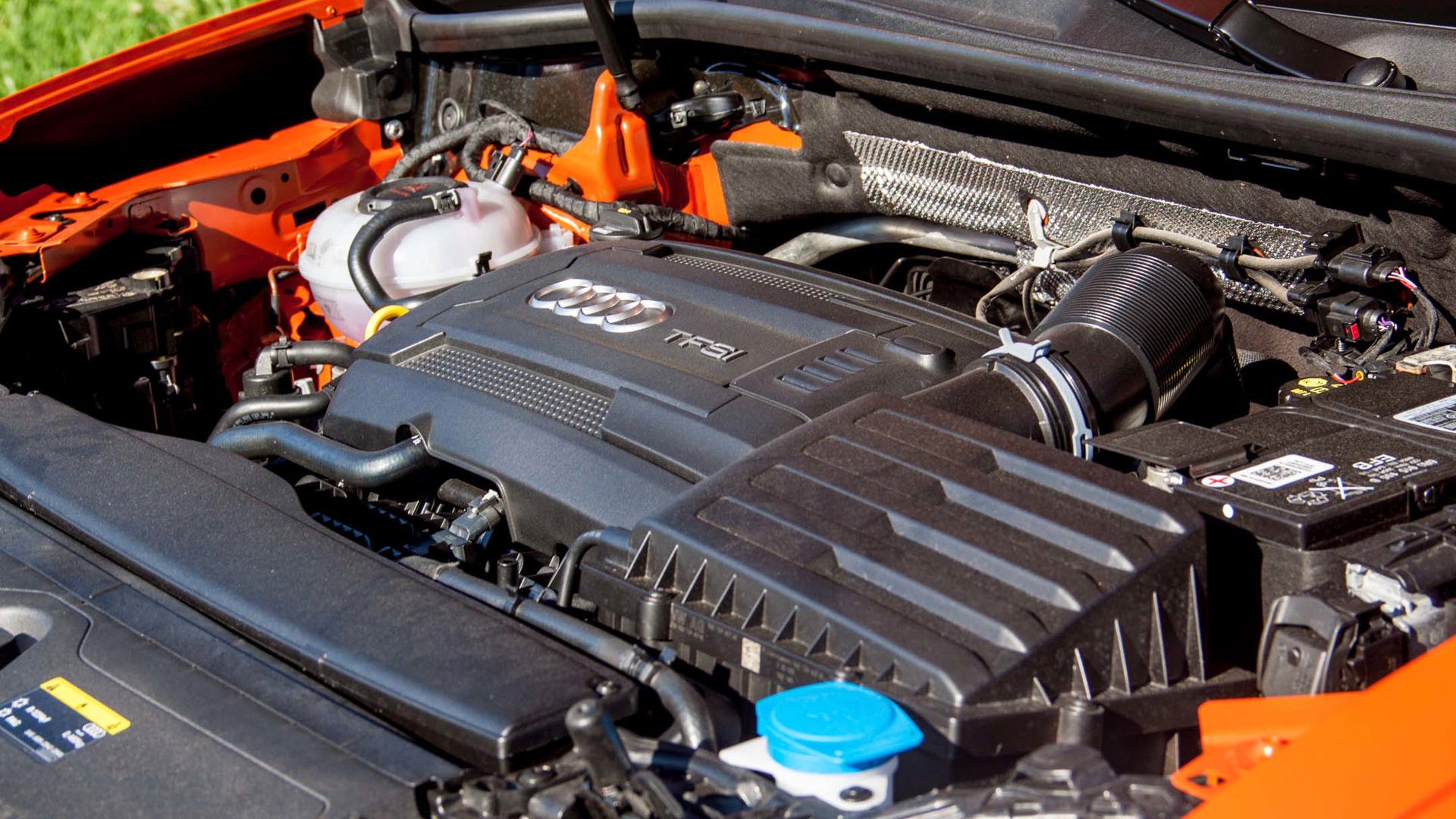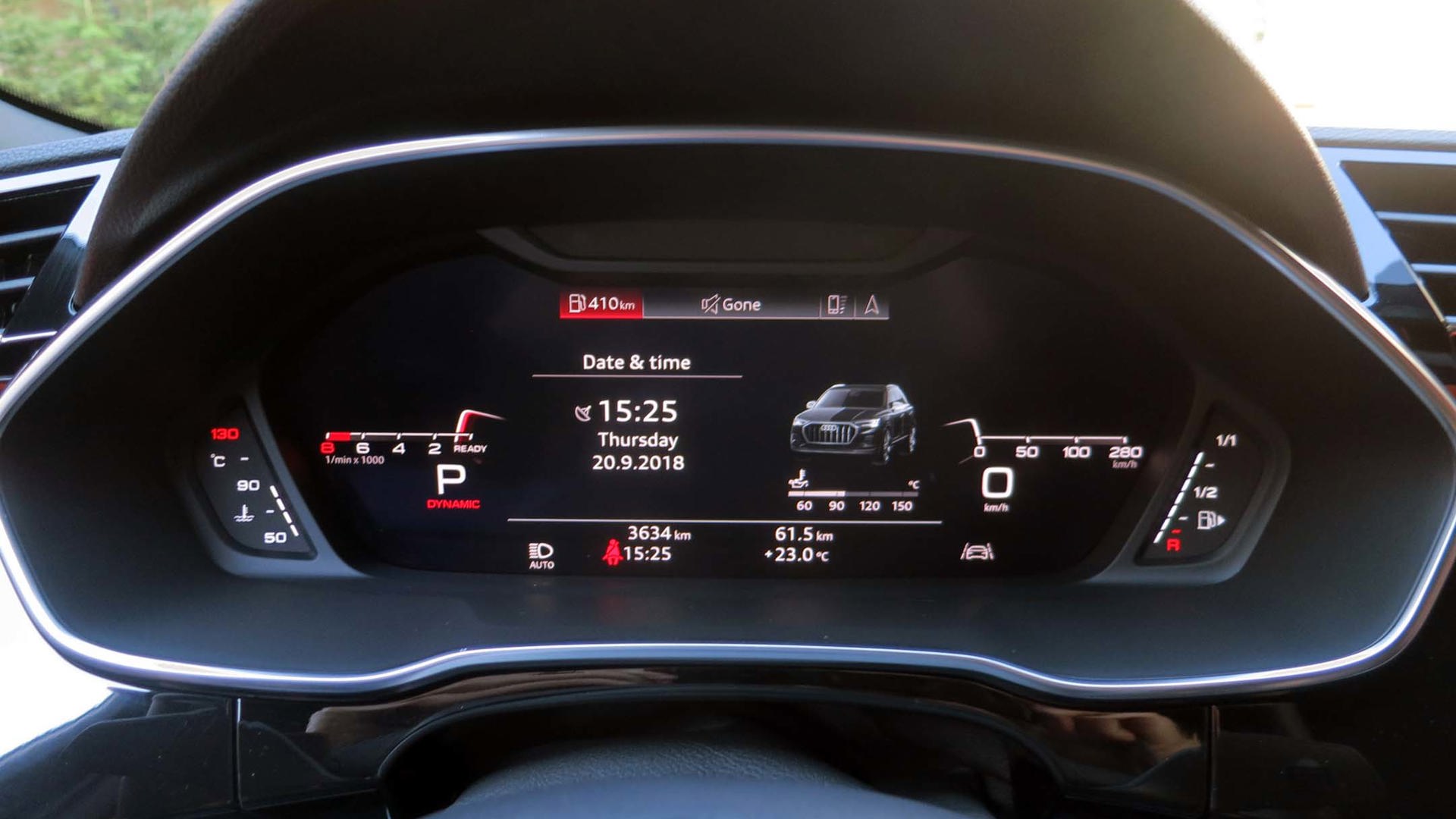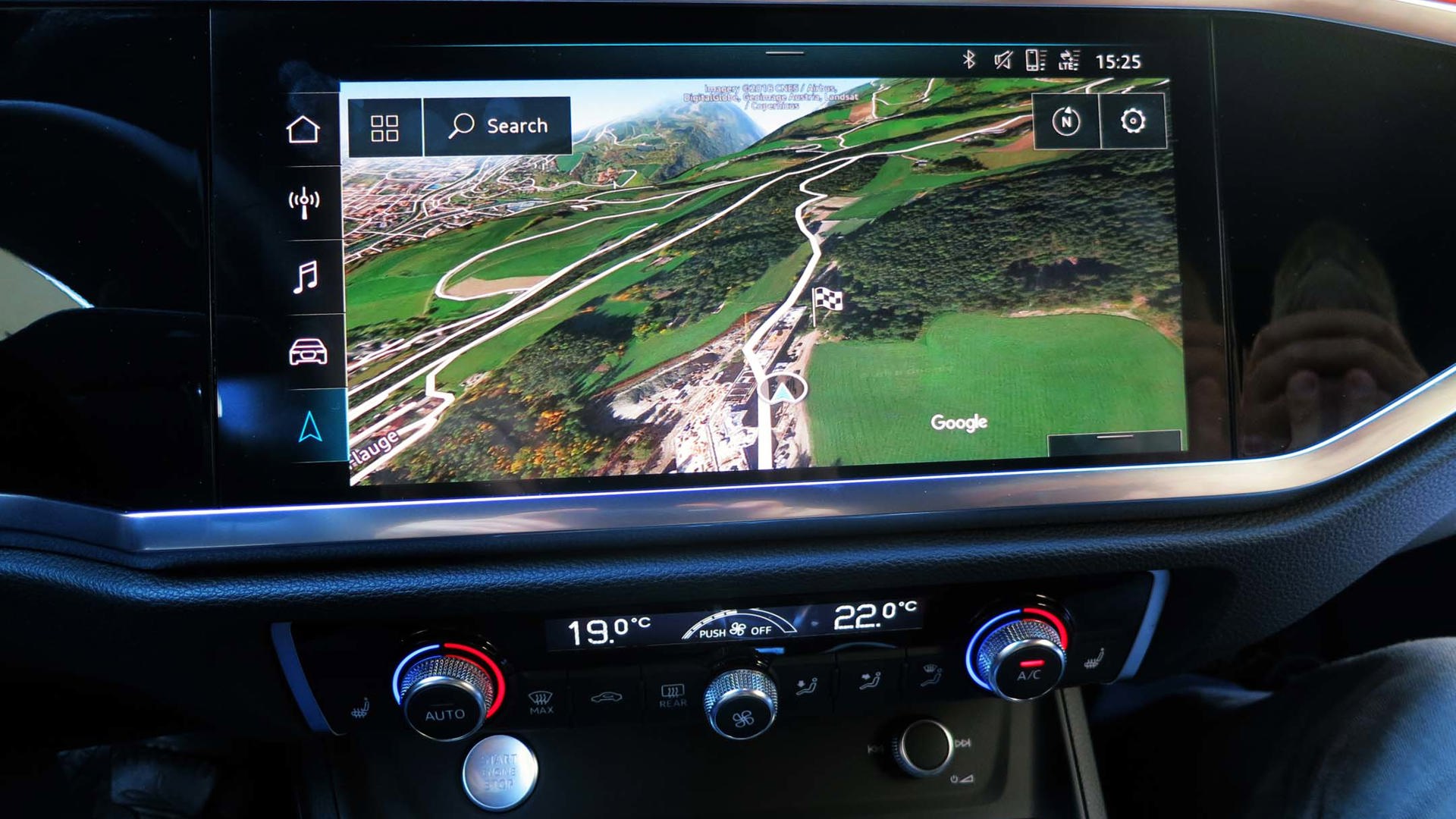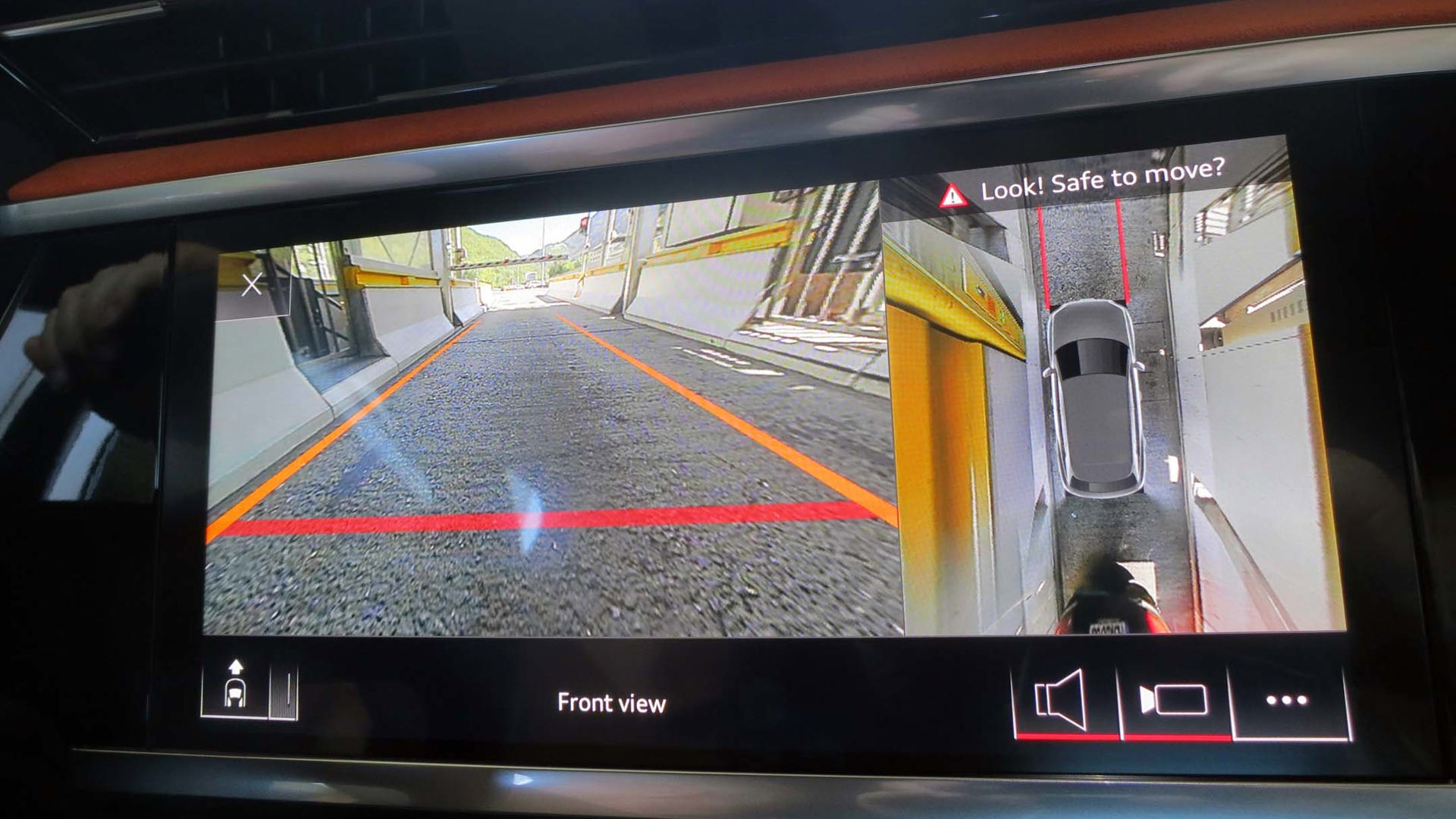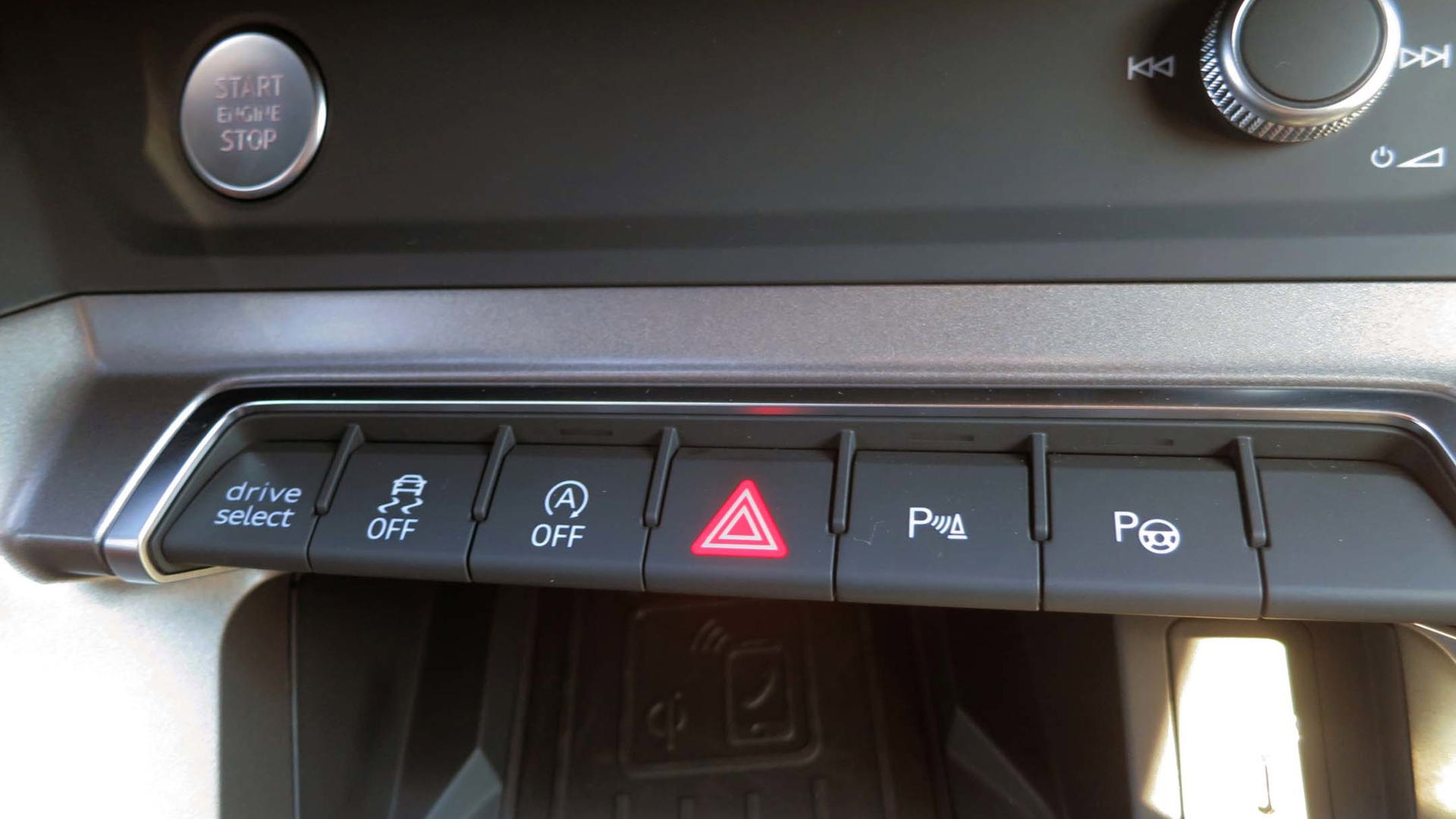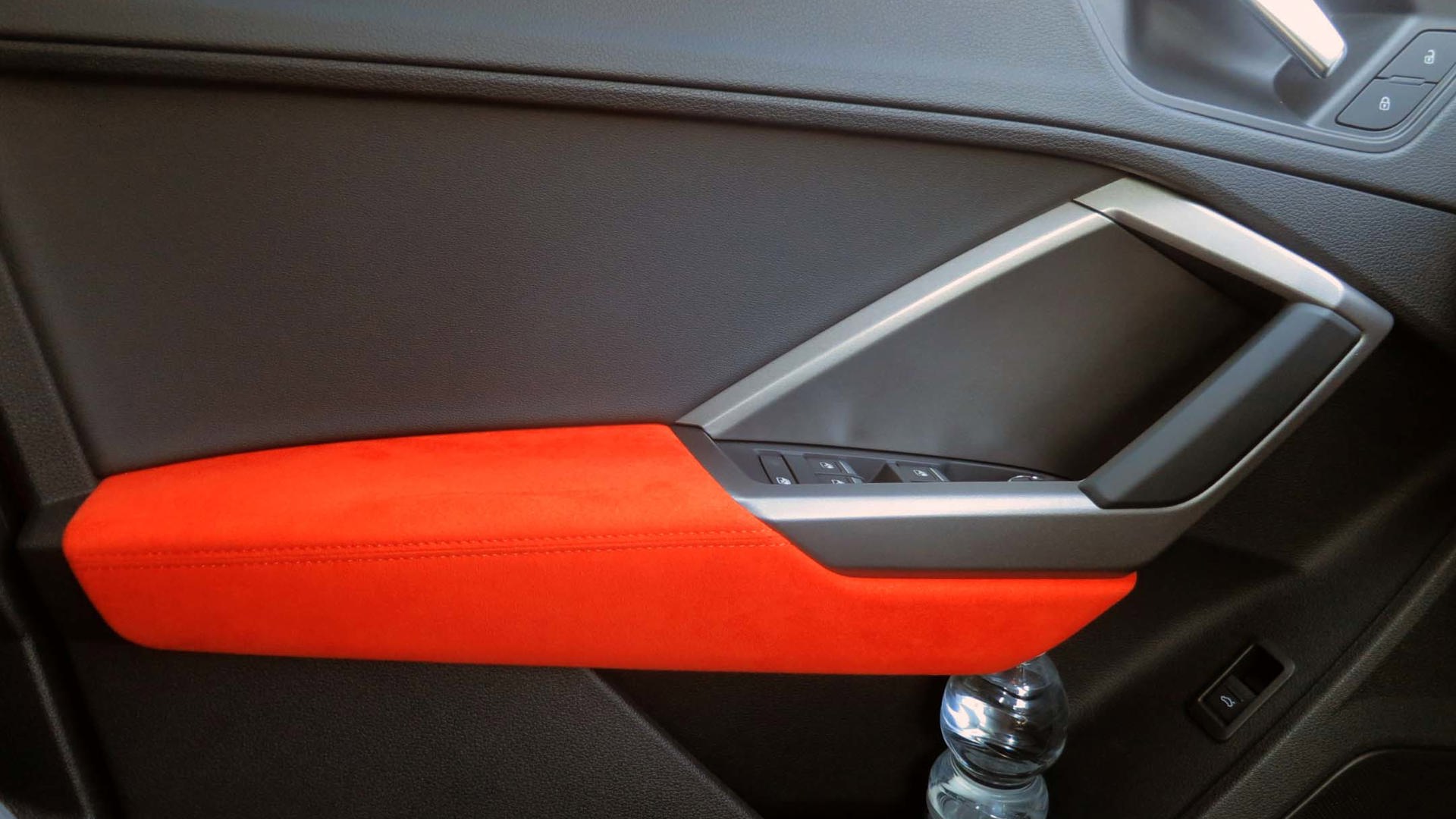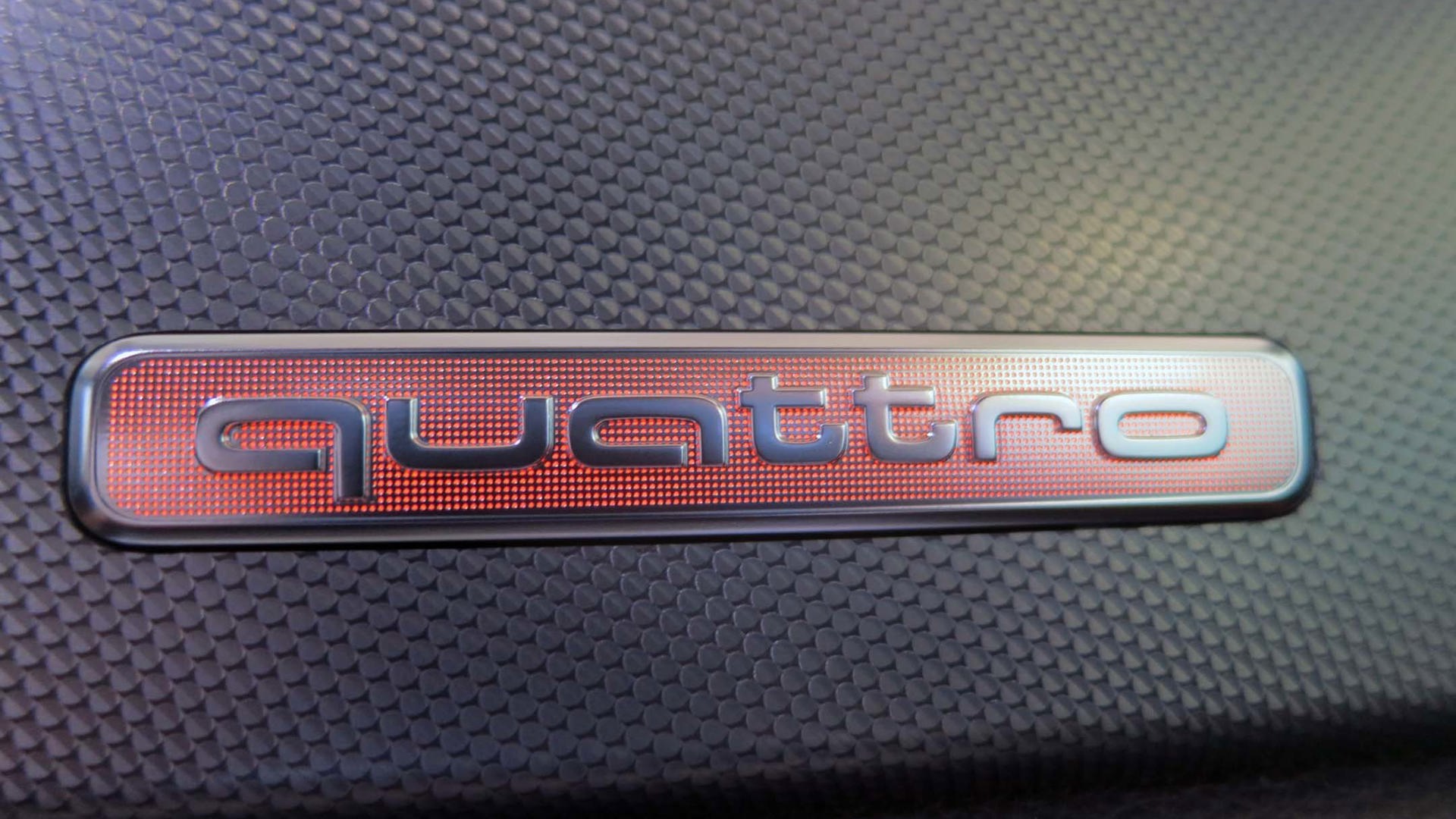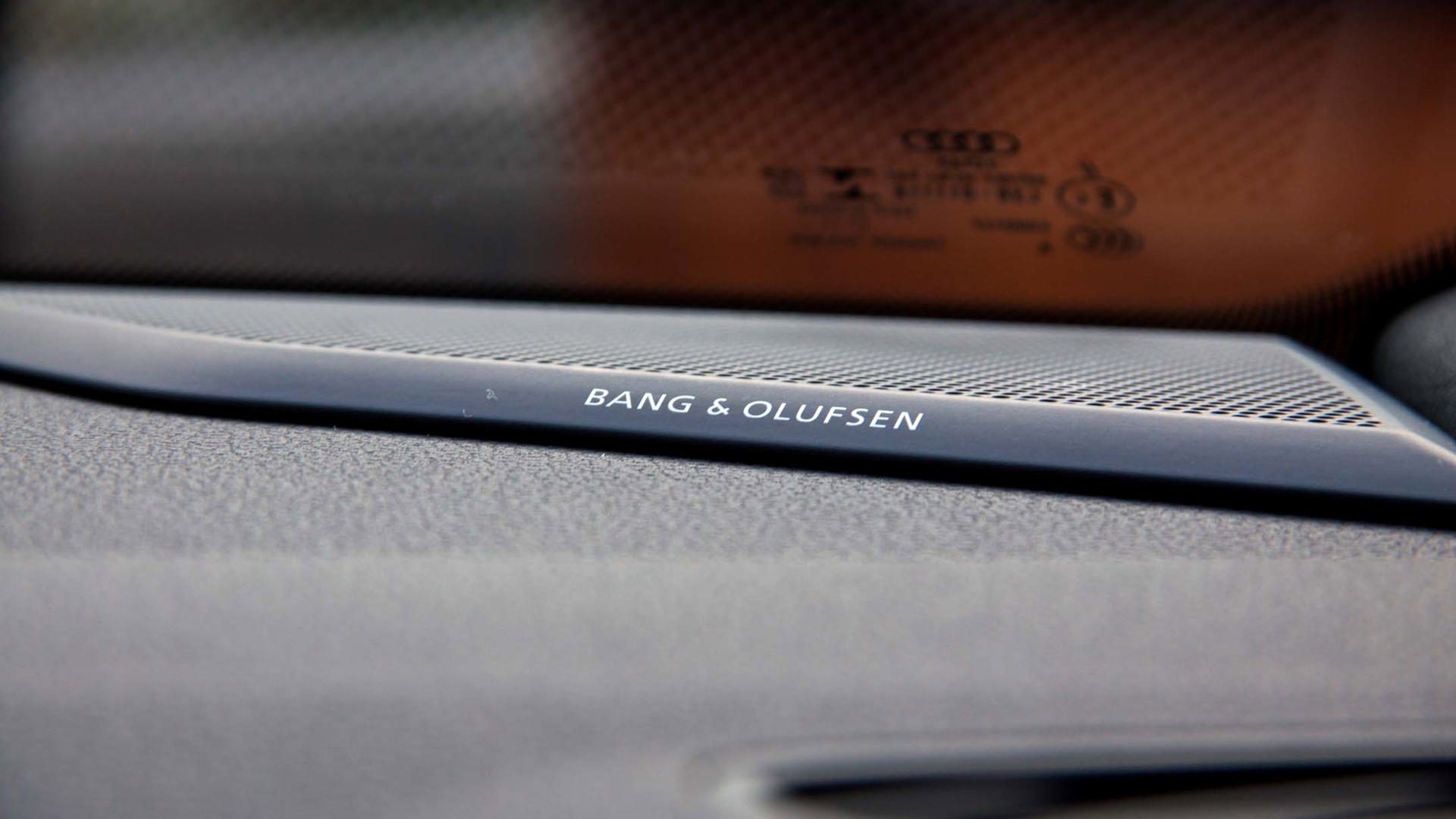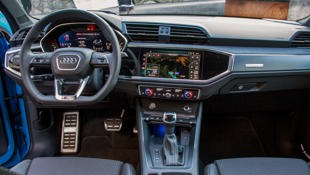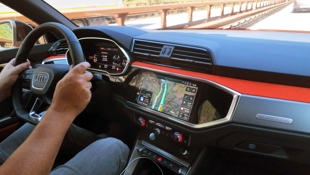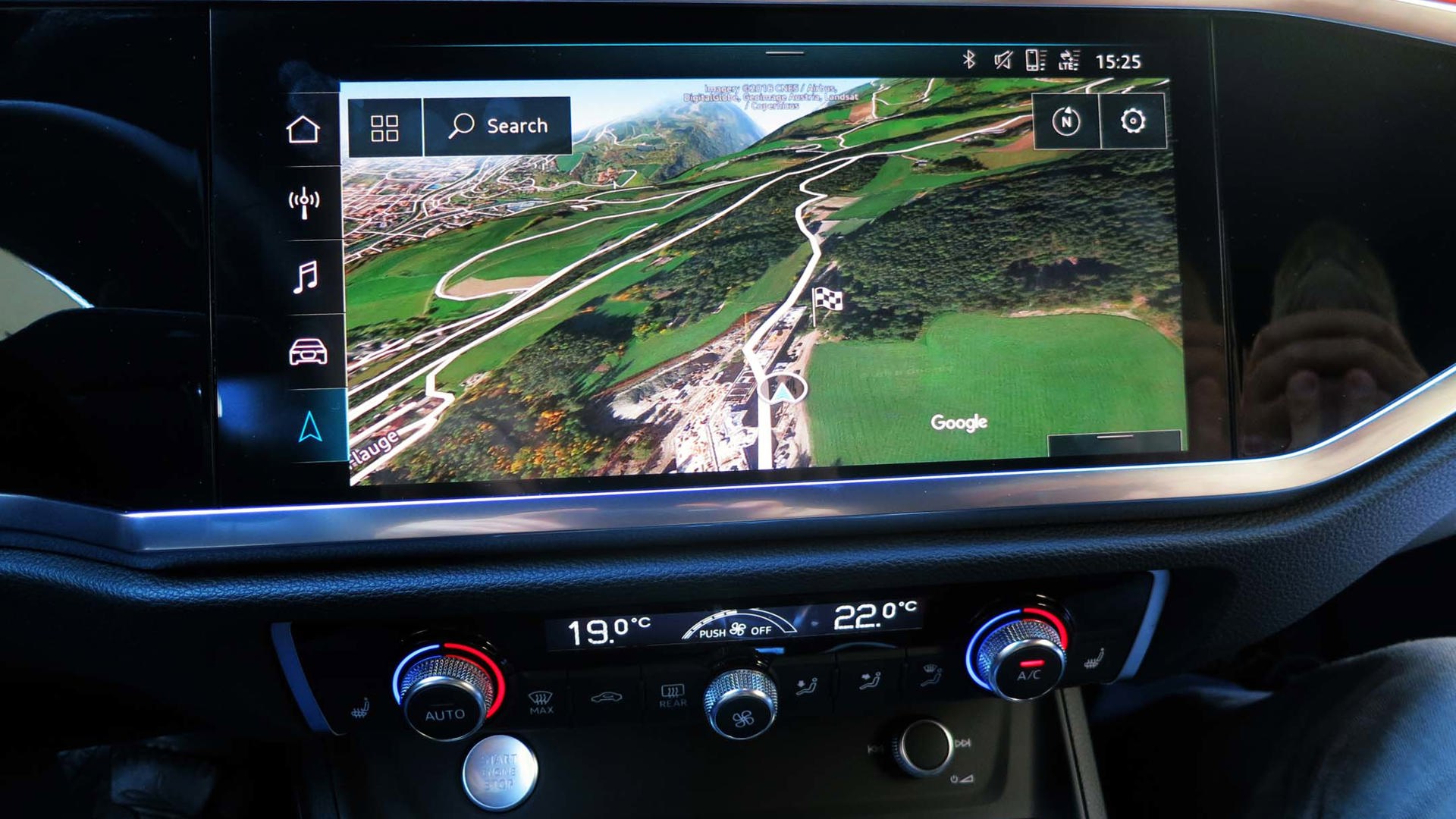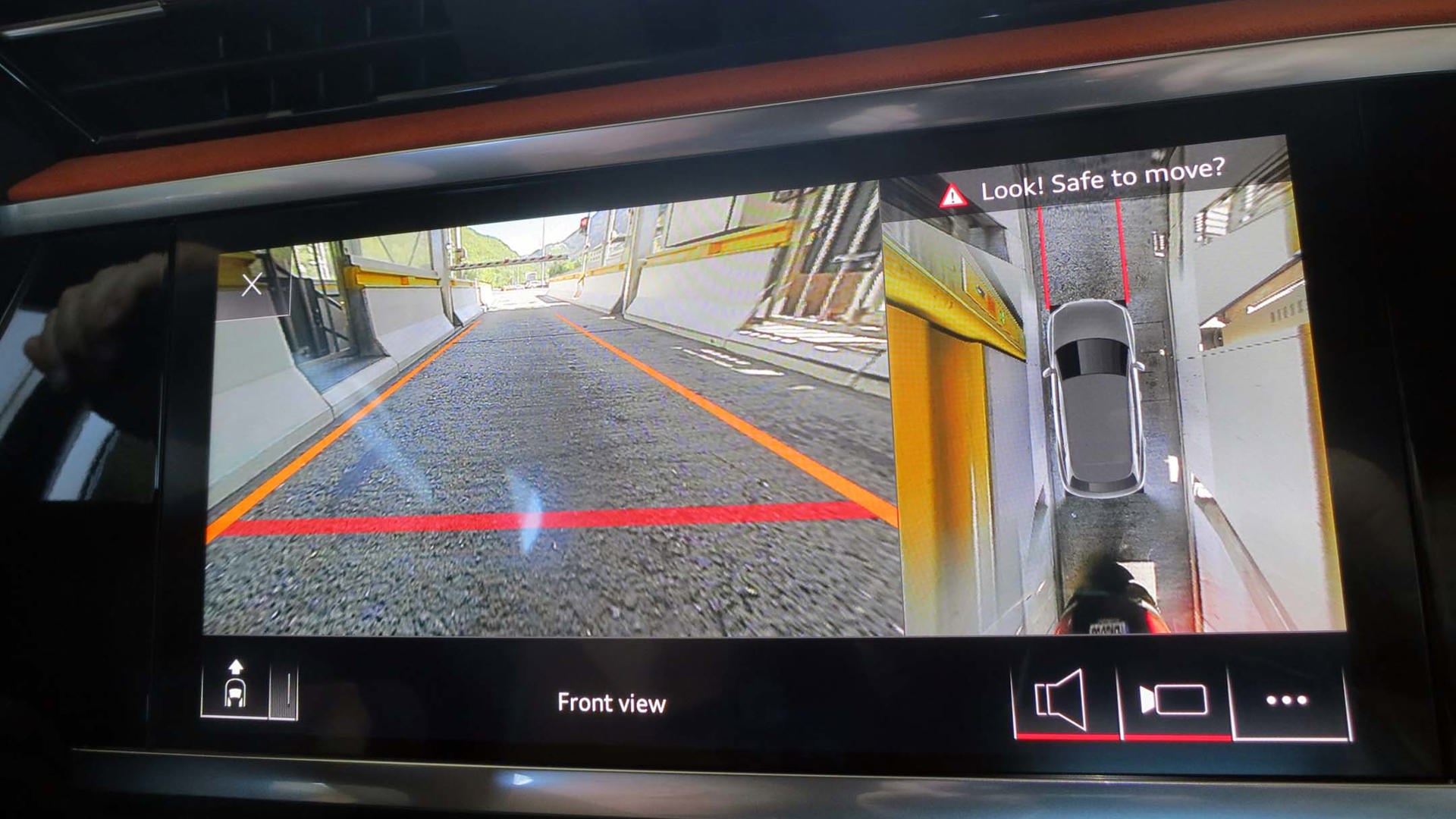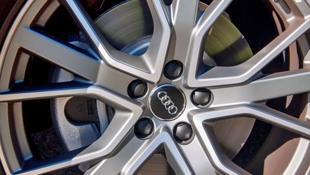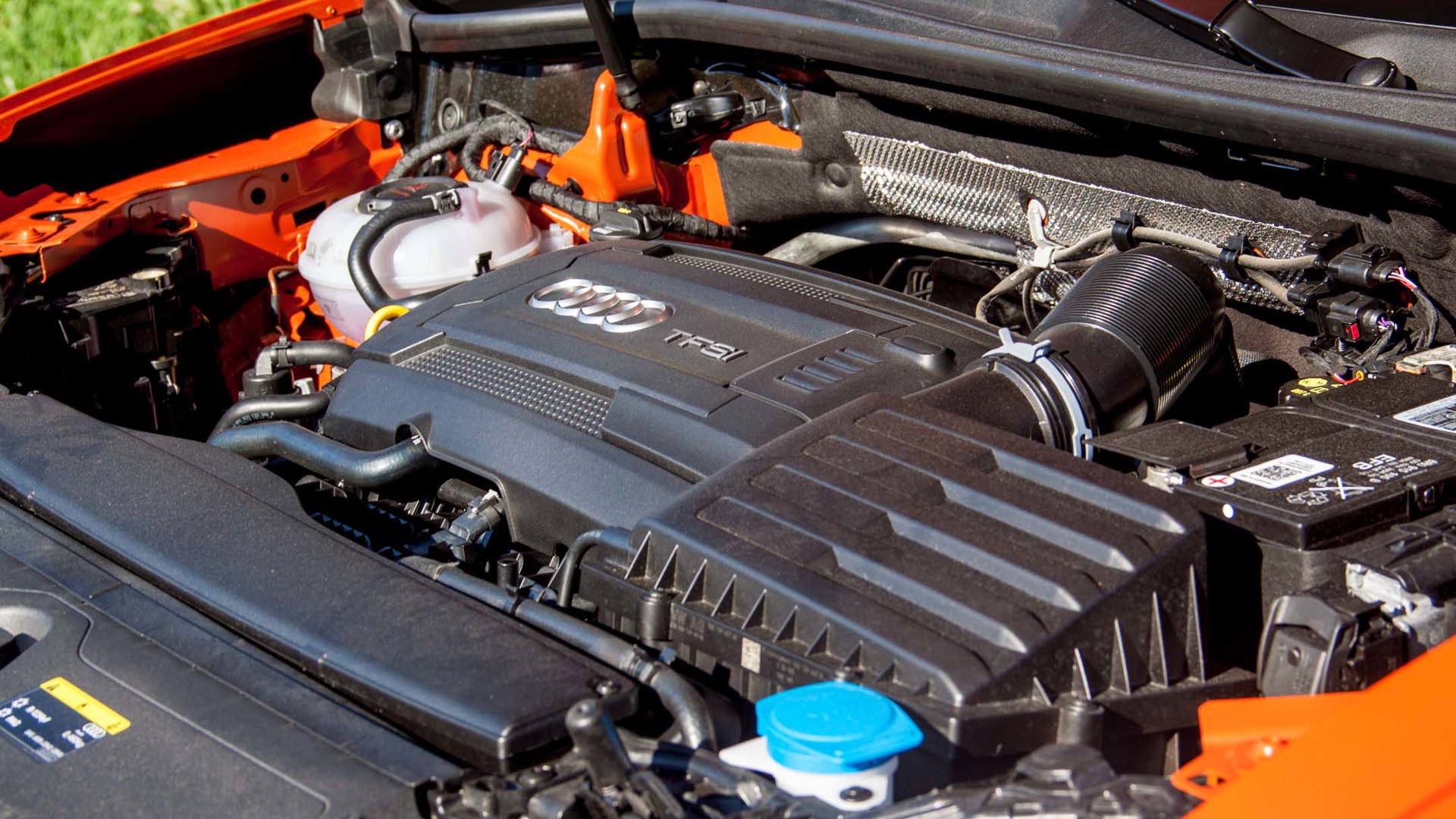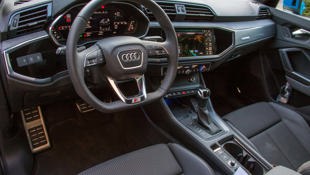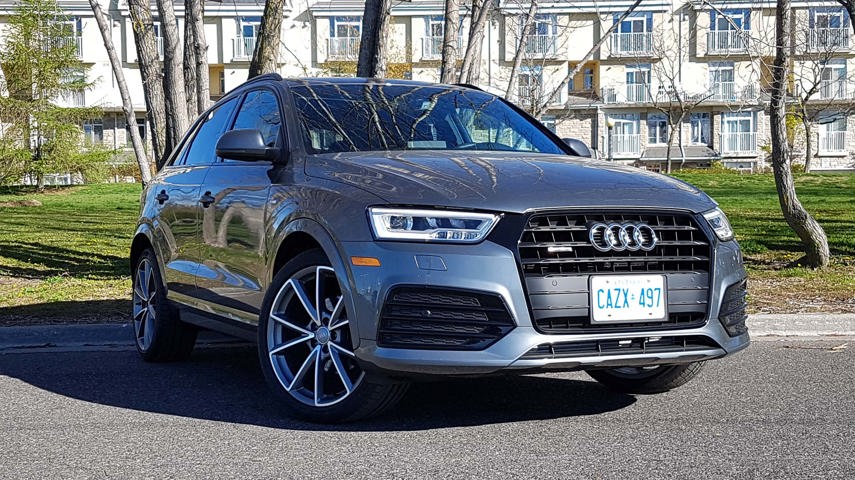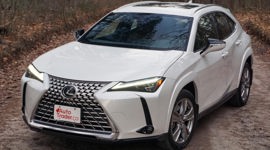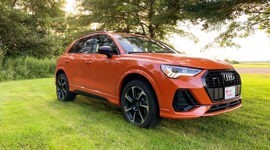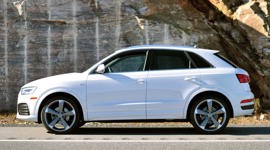BOLZANO, Italy – A lushly cultivated basin guarded on three sides by towering mountains, Bolzano is a cultural pastiche of Austrian, German, and Italian influences. The capital city of South Tyrol, an autonomous province in Northern Italy, was once strategically positioned on the Verona/Austria trade route – and to many European despots of the Middle Ages, this made it worth fighting over. Bolzano was consequently controlled by the Roman Empire, the warring counts of Tyrol, the dual monarchy of Austria Hungary – and even the Napoleonic Kingdom.
The Q3 is one of those vehicles that drives smaller than it looks, thanks to its wide track and Quattro all-wheel drive, standard here in Canada.
And last week, Bolzano was briefly occupied by a small fleet from Ingolstadt – as the launch site for Audi’s latest version of the subcompact Q3 crossover. Over narrow alpine roads that swung back and forth beneath the jagged peaks of the Dolomites, we held our breath at opposing traffic – each dropping a wheel off track while passing within a hair’s breadth of the other.
The smallest model in Audi’s SUV lineup, the Q3 has sold more than a million units since its 2011 inception. It’s only been available in North America since 2015, but given the frenzied competition within its segment, it was already due for a makeover. The Q3 proved fairly successful here, and by September of this year was second only to the BMW X1 in Canadian sales.
Still, there were areas where the Q3 needed some improvement if it was going to stay competitive against the Germans BMW and Mercedes’ GLA, as well as other top sellers like the Infiniti QX30, Volvo XC40, and Range Rover Evoque. The first-generation Q3 was criticized for its lack of interior space and for being among the least powerful in its segment. The second generation returns for 2019 having addressed those quibbles and more.
All Grown Up
Using the Volkswagen Group’s modular transverse matrix platform increases the Q3’s length to 4,485 mm, which is 97 mm, or 3.8 inches longer than its predecessor, and 18 mm wider. Maximum cargo space has grown to 1,525 litres with the rear seats folded flat (up from 1,365) and the rear seats slide fore and aft by 150 mm (5.9 inches) for either more leg room or trunk space. This puts it only slightly behind the segment leading X1’s 1,549 litres, and ahead of the GLA, XC40, QX30 and Evoque.
Inside is a much better finished, more mature cabin space than its predecessor’s, more closely resembling Audi’s top-of-the-line premium sedans. Buyers can choose between a basic model, or an Audi Design or S Line interior package with a combination of leather and Alcantara suede surfaces on regular or sports bucket seats. The more adventurous can opt for new Alcantara-covered gauge binnacle, armrests and A-pillars in such contrasting shades as burnt orange.
Streamlined Human–Machine Interaction
Instead of the previous rudimentary dash with free-standing graphic screen, the new Q3 has a sophisticated new driver-centric cockpit featuring a 10.25-inch display replacing the analogue gauges, and a standard 8.8-inch touchscreen on the centre stack. Upper level trims can upgrade to Audi’s Virtual Cockpit, a 12.3-inch screen with MMI Navigation Plus.
Instead of a console-located MMI rotary controller, the driver uses more-ergonomically-friendly multi-function rollers on the steering wheel to access different connectivity functions or call up different views on the information screen. Models thus equipped also come with “natural language” voice control with better voice recognition, which can ask questions, offer choices, and even pauses when interrupted. Vehicles with Audi’s Connect Portfolio can “learn” from the driver’s preferences over previous journeys, suggesting routes, real-time traffic information, filling stations, points of interest, and even available parking spaces. The package also includes a Wi-Fi hotspot with the ability to add on data packages for mobile devices.
An optional Audi Connect Navigation and Infotainment Plus package adds Google Earth, using high-resolution satellite imagery to display very realistic 3D navigational maps. With the myAudi app, a customer can send navigation routes directly from their smartphone to the car. It can also transition seamlessly back to the phone once the driver leaves the car and navigates on foot. The app also performs such typical functions as remote start, check vehicle status, find the car, import a smartphone calendar, and look after climate control.
There’s a long list of convenience and safety technology, including such driver assistance systems as adaptive cruise, traffic jam assist, active lane assist, cross-traffic alert, and park assist – which steers the vehicle into and out of parking spaces. Four cameras provide 360 degrees of visual awareness – the driver can scroll between various viewpoints displayed on the large infotainment screen. The back-up display’s split screen shows a closeup view of the vehicle’s wheels when reversing – a real help when gauging proximity to the curb.
Like most Audis, the Q3 feels very well put together, despite its position as the entry-level model in the SUV portfolio. There’s little wind or road noise intruding into the nicely crafted cabin, and even if there was, you’d easily be able to drown it out with the 15-speaker Bang & Olufsen Premium sound system.
Power for the Taking
Four engine choices available worldwide, including three gasoline and one diesel option. We will be receiving two, and both are 2.0-litre turbocharged four-cylinders. One is the company’s familiar unit with 190 hp/236 lb-ft of torque, the other is a new 258 horsepower and 251 pound-foot version that moves the Q3 from the bottom of the pack, power-wise, to the top. Only the Mercedes-AMG’s 375 hp variant of the GLA packs more punch in this group.
There are three transmissions available to European models – a six-speed manual for diesel variants, eight-speed automatic, and the S-Tronic dual-clutch seven-speed on S-Line models – but we North Americans must make do with just the eight-speed automatic. Our test vehicles, however, were limited to the dual-clutch S-Tronic, which executed hard, clean shifts at speed, but was a little reluctant when moving from a standstill. Using the paddle shifters made it easier to access the available torque of the VW GTI-related turbo-four.
All of the vehicles available for testing were top-spec Special Edition models with S Line exterior package, larger 2.0L engine, flat-bottomed steering wheel, and Drive Select Dynamic handling system instead of the sport suspension with controlled damping.
The setting is ideal for agility evaluation. In some places, the roads fold back upon themselves so tightly that there’s barely room for one vehicle, yet we were often manoeuvring to allow hatchbacks and even lorries to pass by. The Q3 is one of those vehicles that drives smaller than it looks, thanks to its wide track and Quattro all-wheel drive, standard here in Canada.
With 258 lb-ft of torque, the engine is quick to respond to input, and we made the most of it while powering uphill out of the tight switchbacks. Using the Drive Select button, the driver can choose between six different profiles, which alter the suspension damping, throttle response, and transmission shifting from cruising comfort, fuel efficiency, to quick and sporty. While my driving partner enjoyed the laser-sharp progressive steering, I found it a little on the light side, even with Sport Mode employed.
Overall, the Q3 is a very nicely executed small crossover. While the Q5 is probably the better choice for small families and those in need of a bit more utility, the Q3’s increased interior space, and power should put the rest of the premium subcompact crossover segment on notice.
The 2019 Audi Q3 should arrive in Canadian showrooms early next summer, with prices available closer to sale date.
